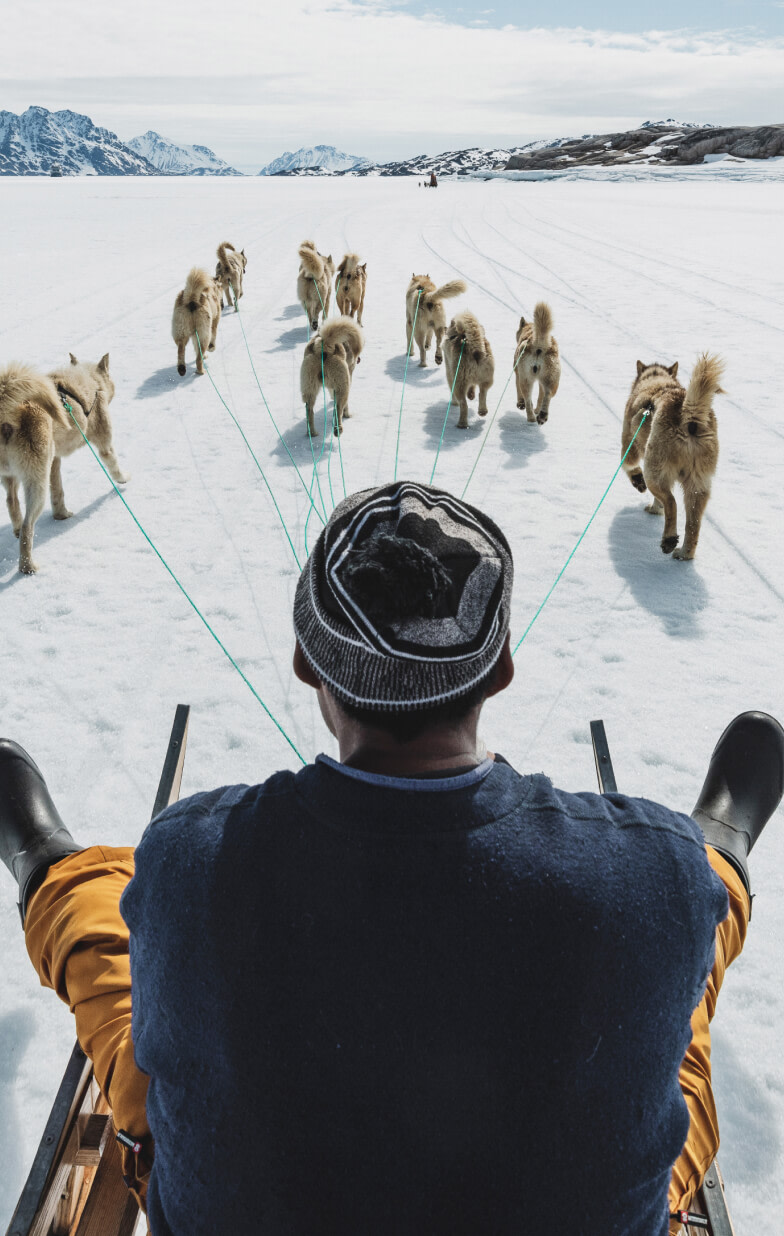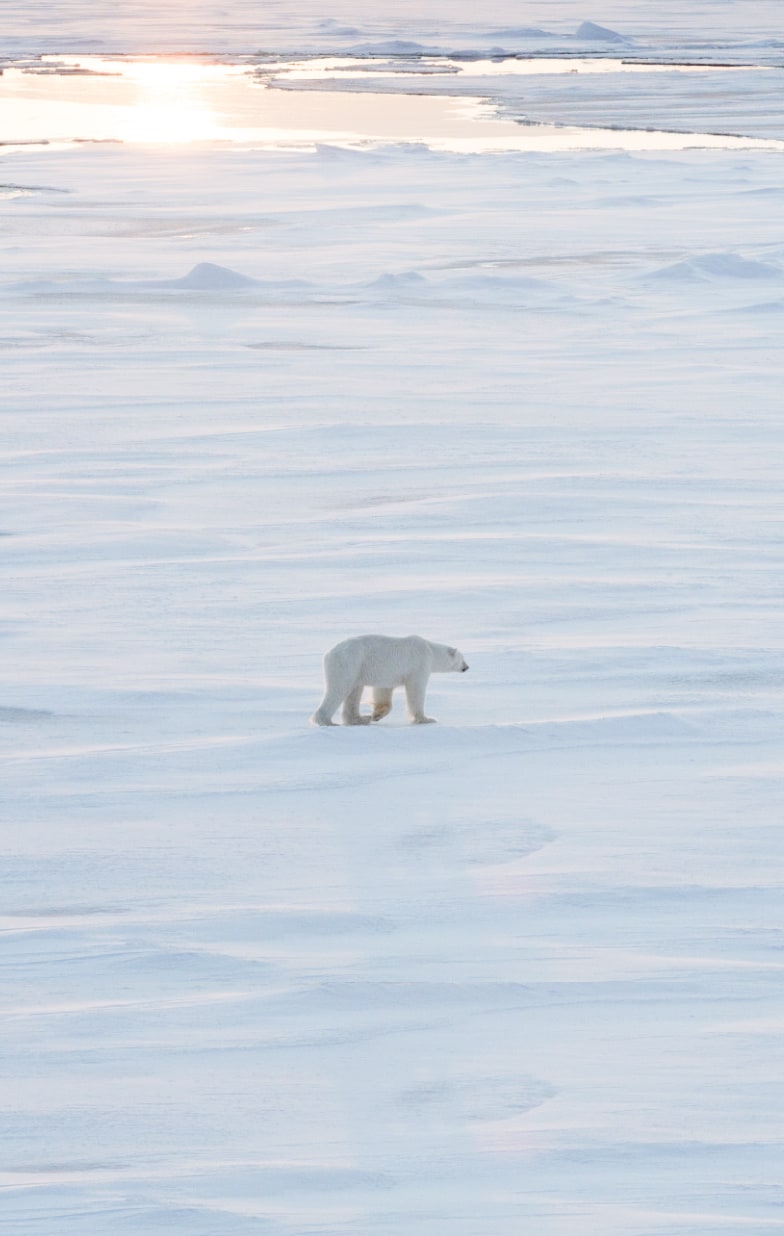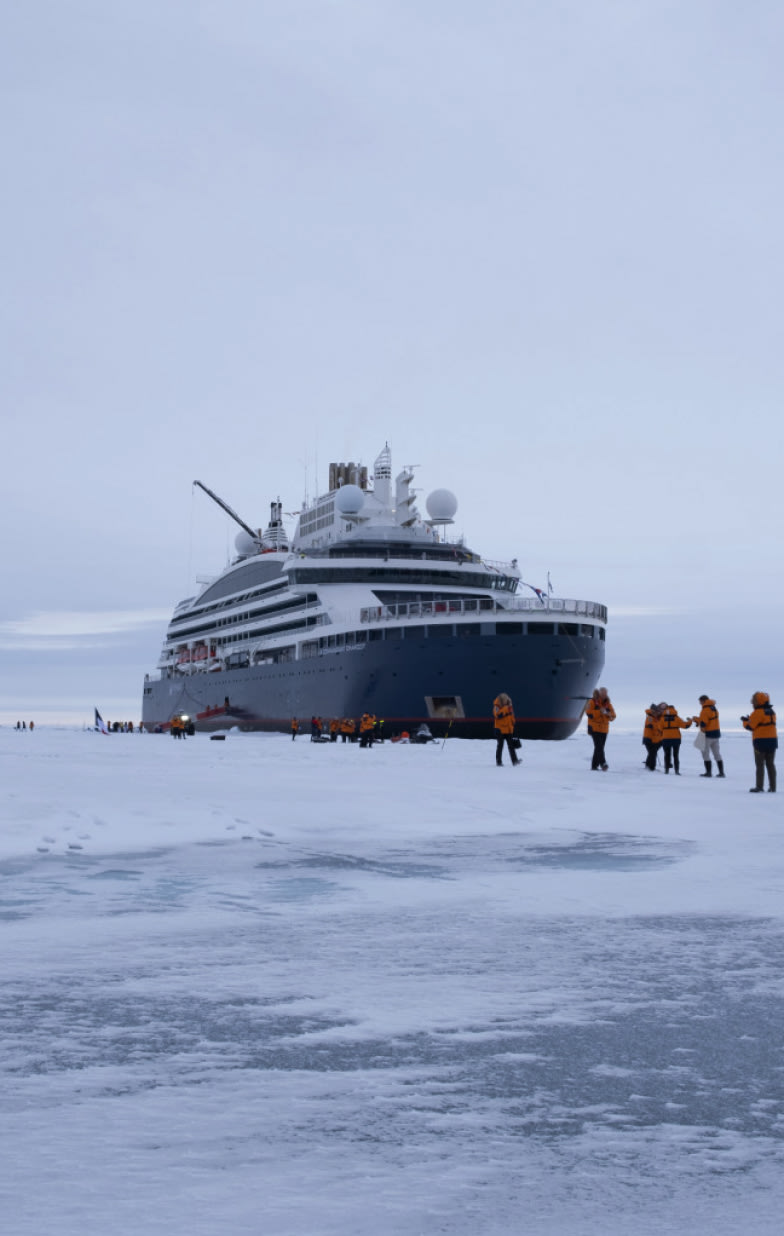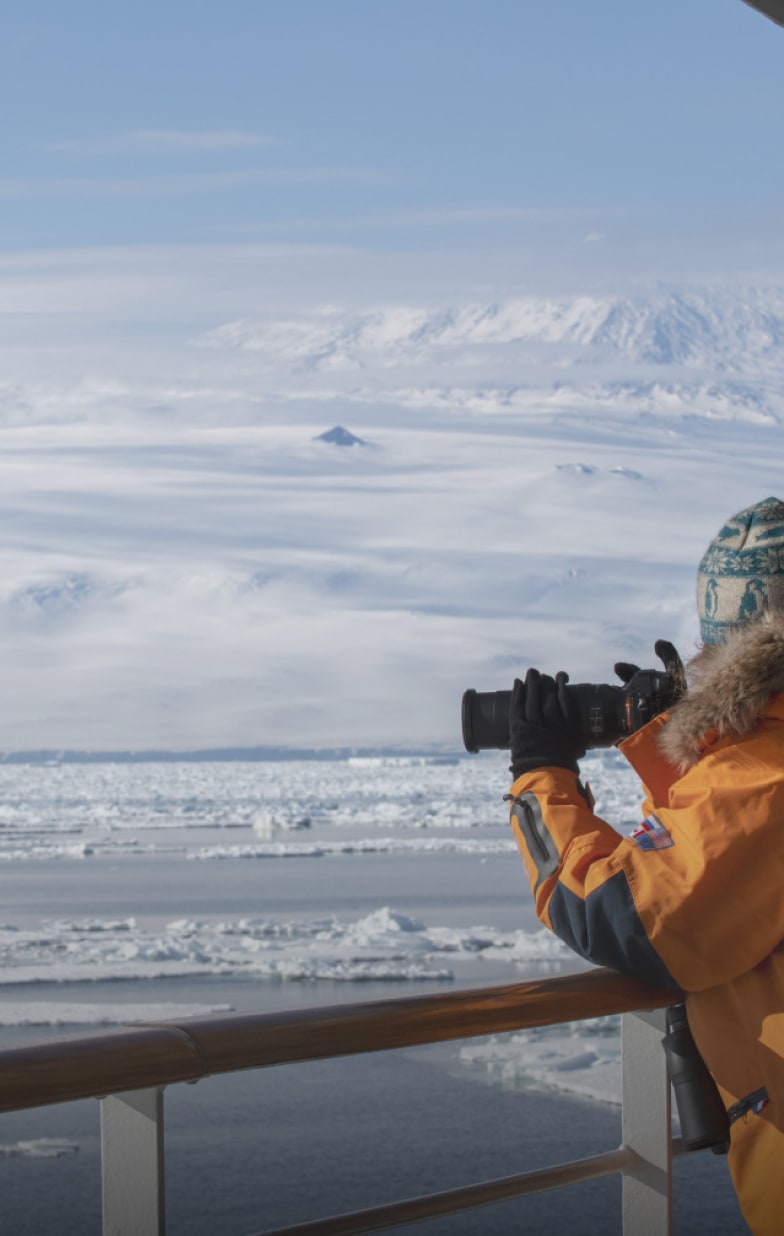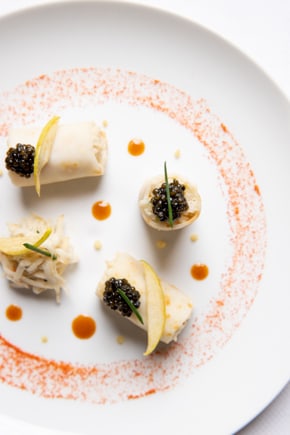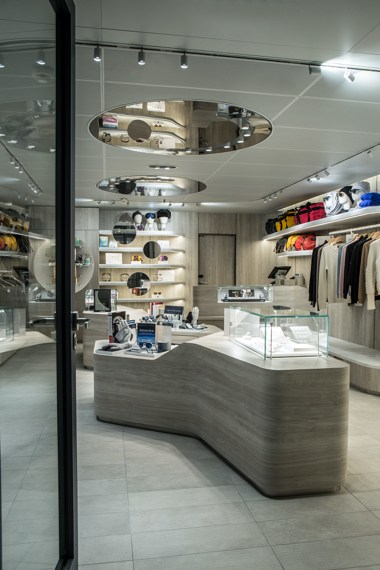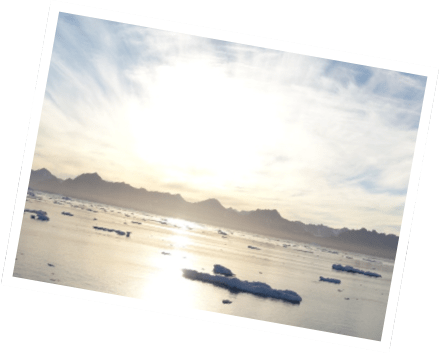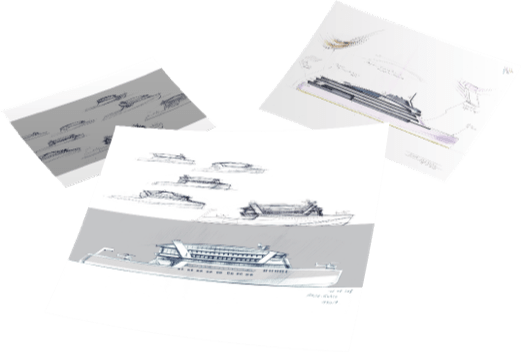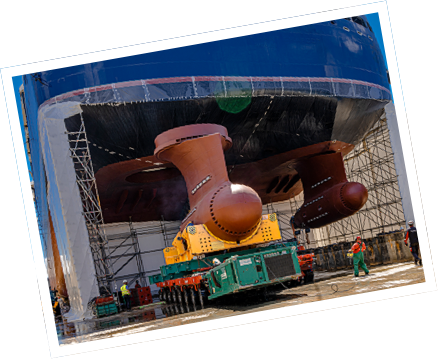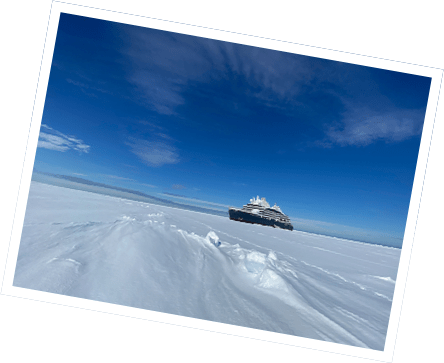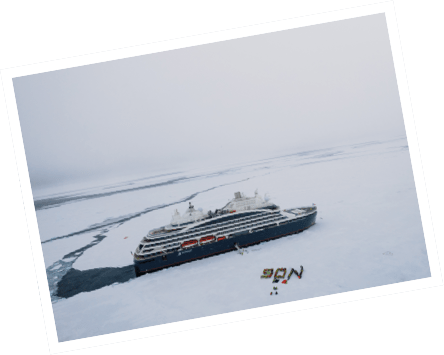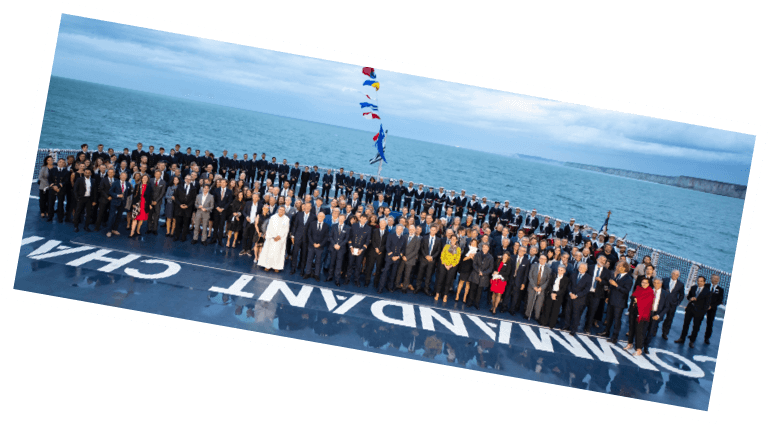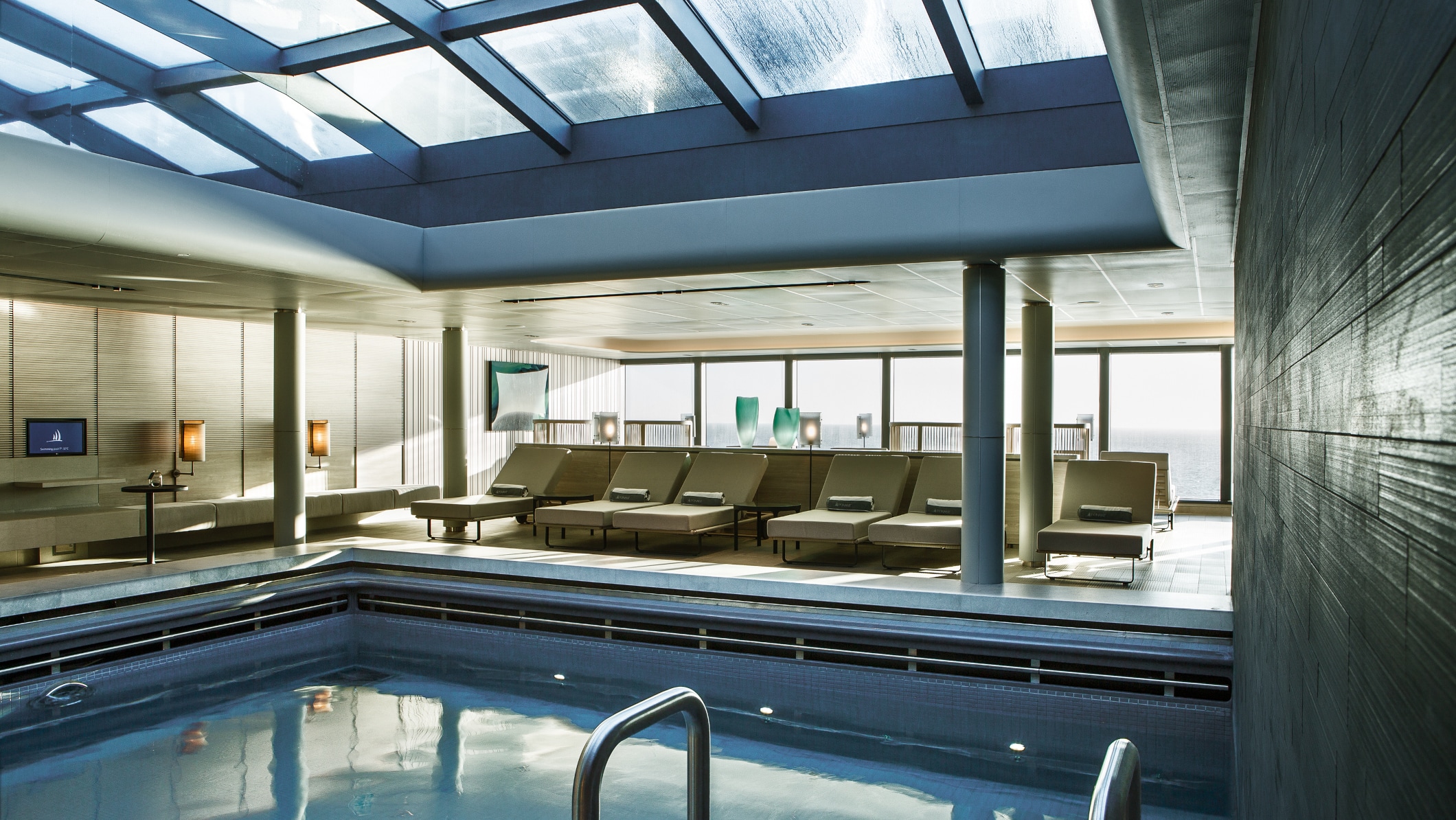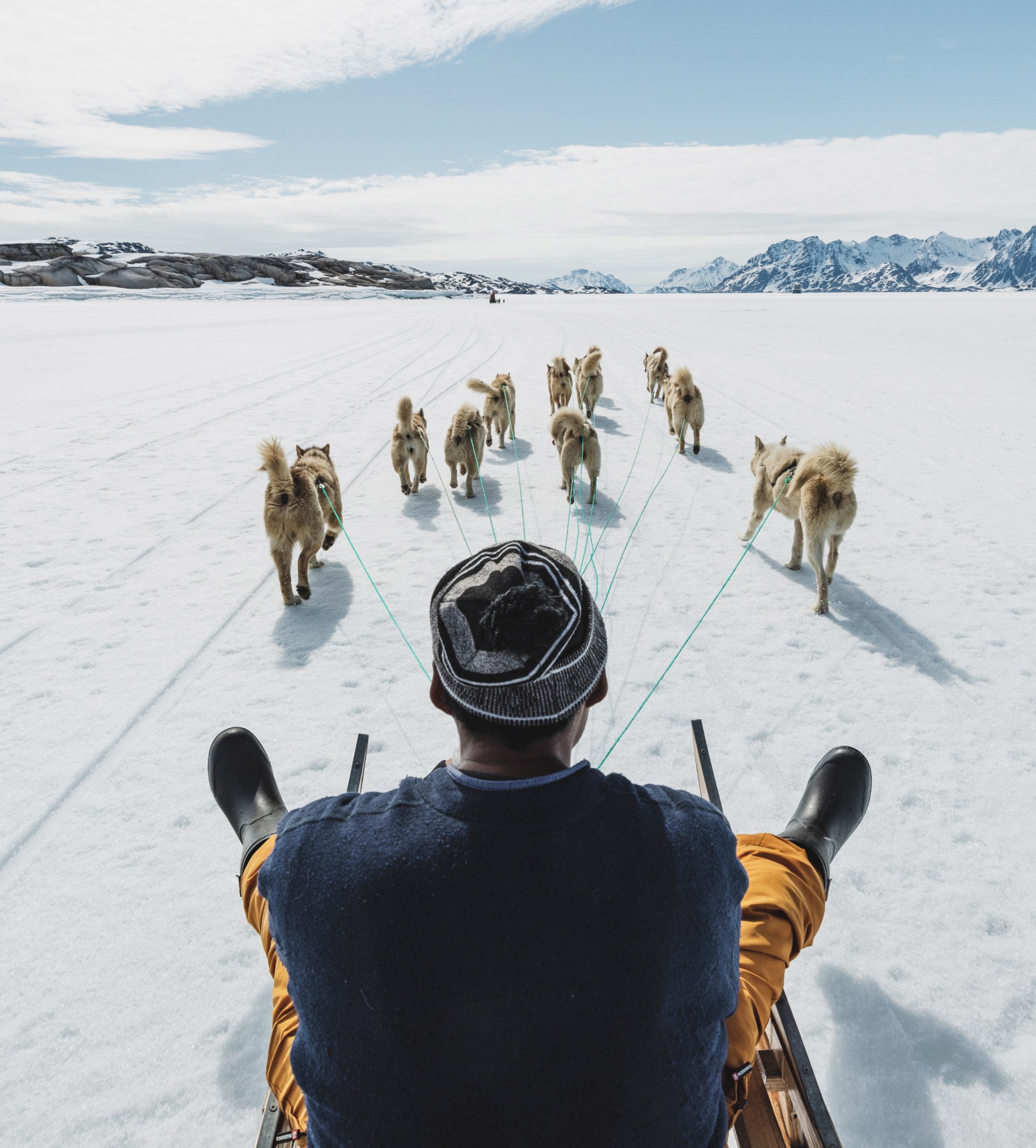
Beyond exploration
Embark on board Le Commandant Charcot the only passenger ship in the world to have visited both the Geographic North Pole, and the most southerly point on the planet, the edge of the Antarctic.
A world first
Explore the limits of the known world, at times of year when high latitudes are still covered in ice.
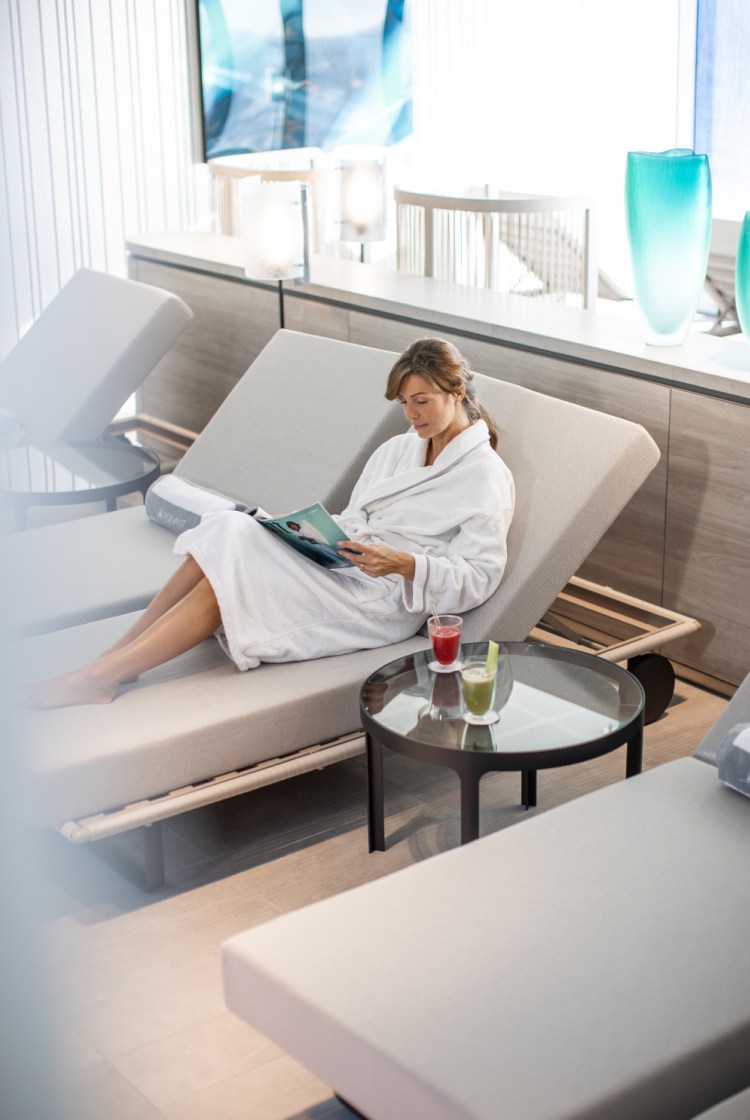






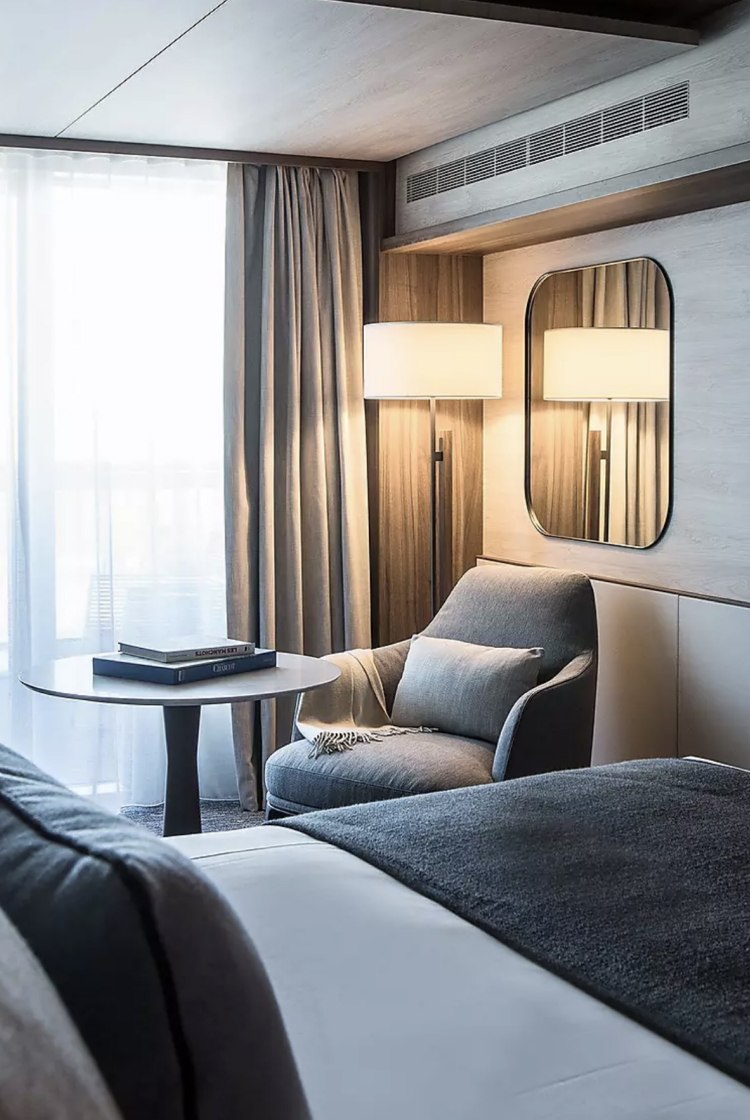














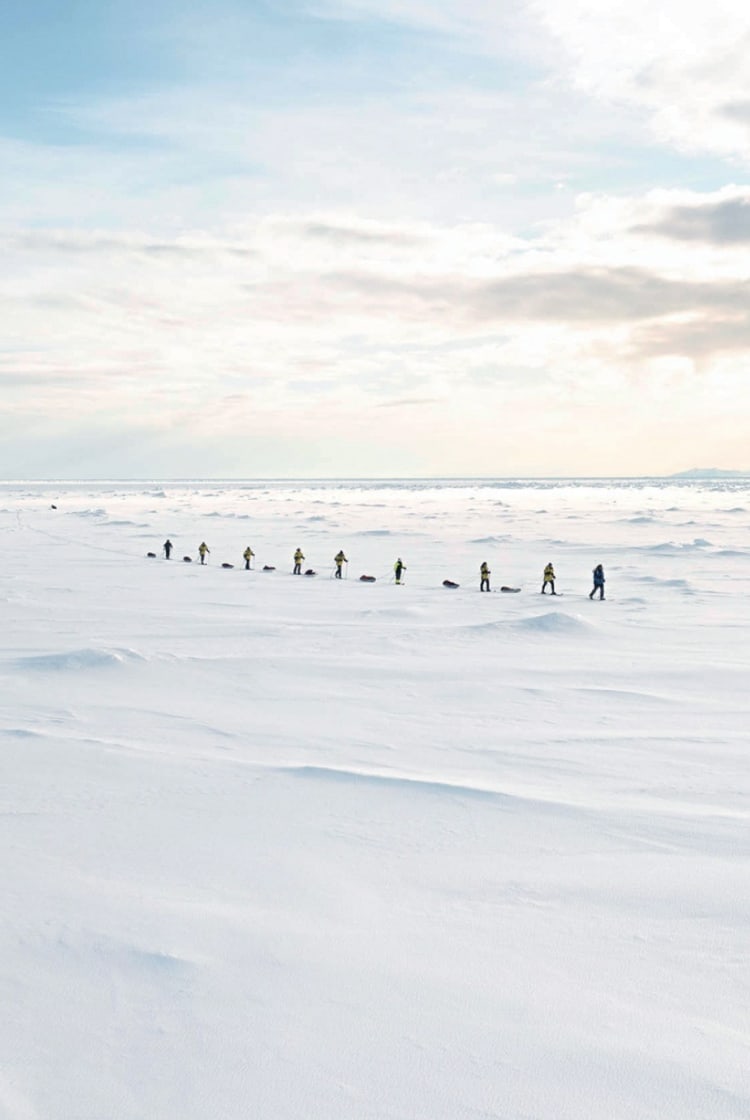




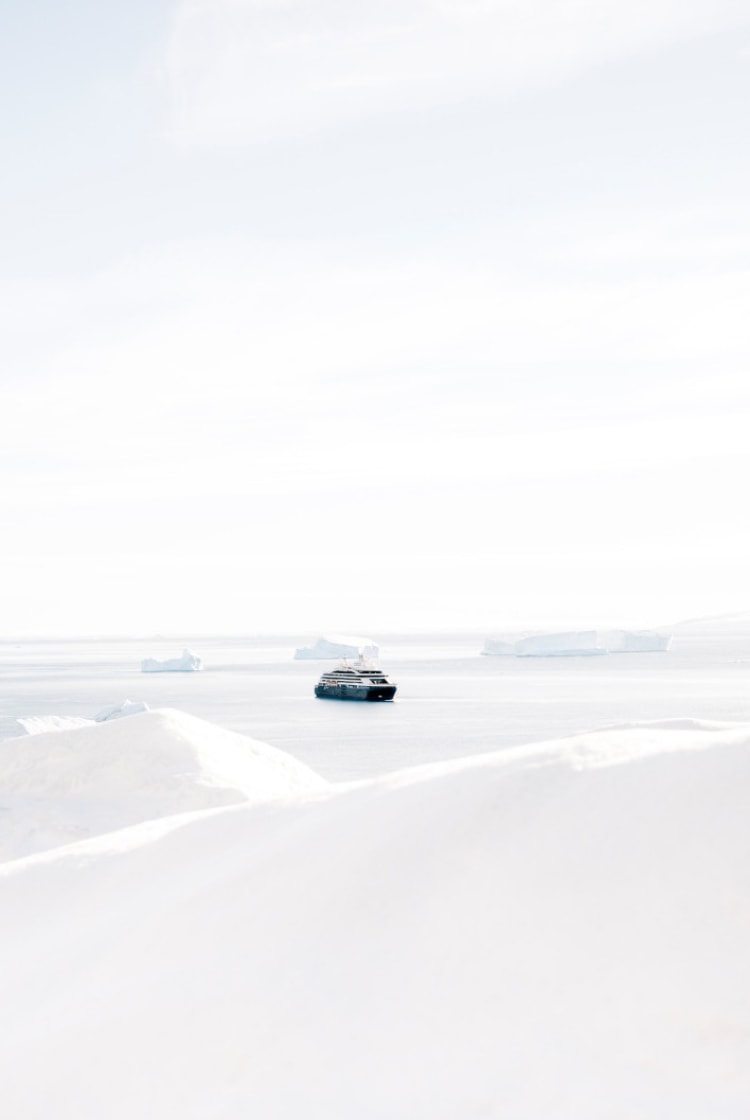


Unique experiences among the ice
On board the only passenger ship in the world with a Polar Class 2 hull, which allows for navigation through multiyear ice, enjoy rare moments communing with nature, unique experiences that only Le Commandant Charcot can offer you.
Reach the inaccessible
The adventure starts here. Choose a polar region and begin your exploration.
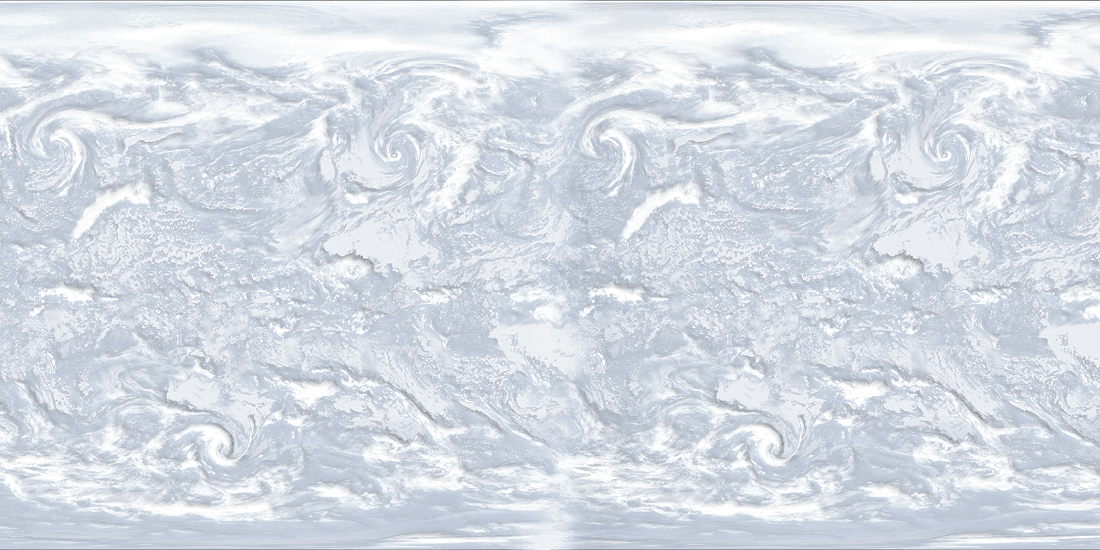

Le Commandant Charcot exclusive navigation zone
Antarctica: in the South, dream even further
Explore regions of the world no other conventional ship can venture to, thanks to the extraordinary abilities of Le Commandant Charcot, the only passenger ship able to navigate through ice-covered waters, whether early or late in the season. Discover unexplored landscapes and scenery: cathedral-sized icebergs, volcanic islands covered in thick blankets of snow, and shacks of the first explorers to reach Antarctica; you may even be lucky enough to spot the iconic Emperor penguin or Ross seal.
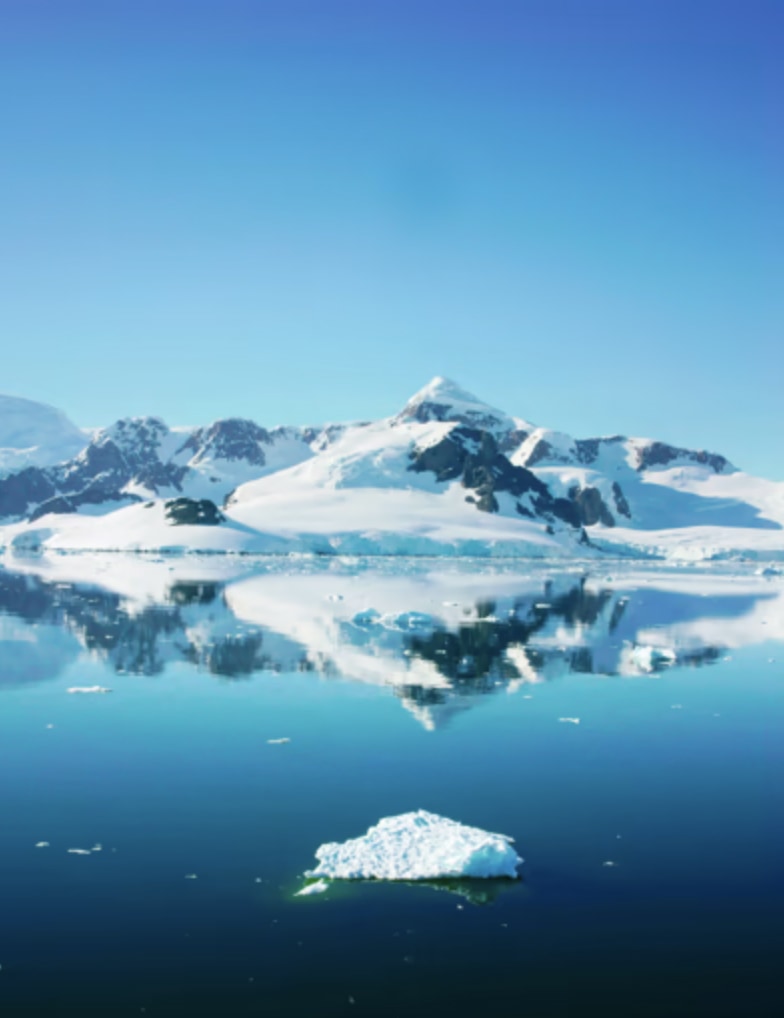
The fascinating Weddell Sea
ExclusiveOnly Le Commandant Charcot can take you beyond the Antarctic Circle to the Weddell Sea. This immense frozen desert is an extraordinary world, with sea ice extending as far as the eye can see, and titanic tabular icebergs offering a stunningly scenic setting for colonies of Adélie penguins and the iconic emperor penguin. Seeing and observing them is a true privilege. Read
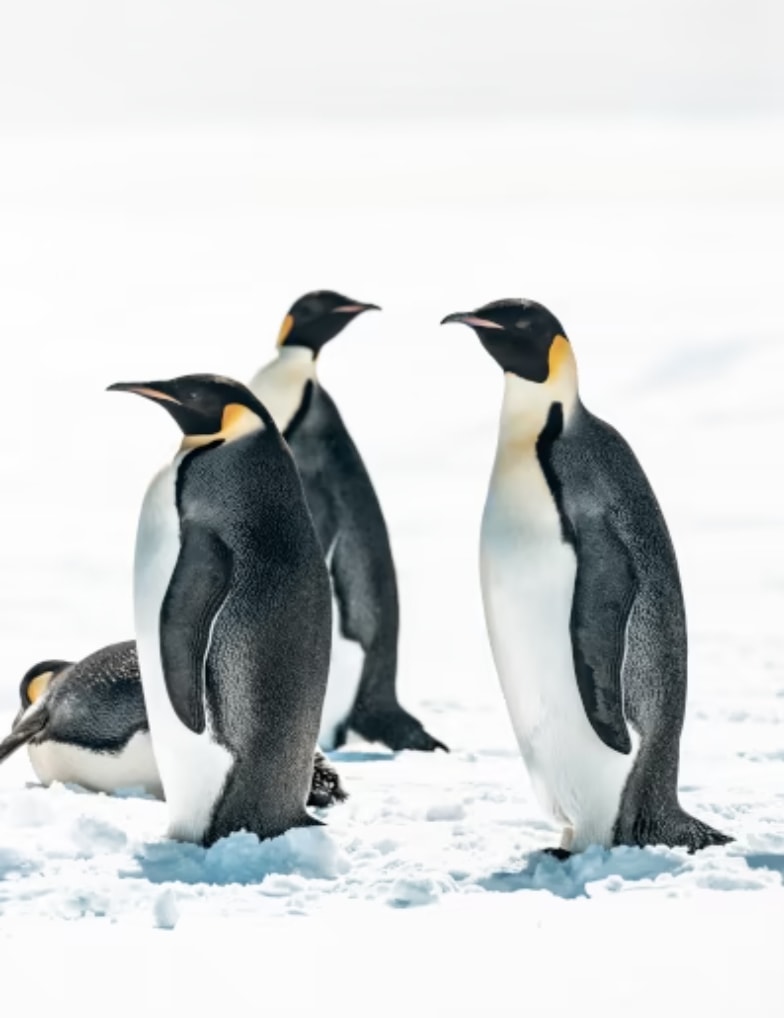
 More than 2.8 million km²
More than 2.8 million km² The world’s purest waters
The world’s purest waters It lends its name to a species of seal
It lends its name to a species of seal
Marie Byrd Land: terrae nullius
ExclusiveFirst discovered in 1929 and belonging to no state, making it one of the last remaining terrae nullius, Marie Byrd Land is one of our planet’s most inaccessible places. Because it’s bordered by the Amundsen Sea, visiting it offers an opportunity to discover remote, isolated places such as Sipple Island and Pine Island Bay, which are only accessible thanks to the capabilities of Le Commandant Charcot.
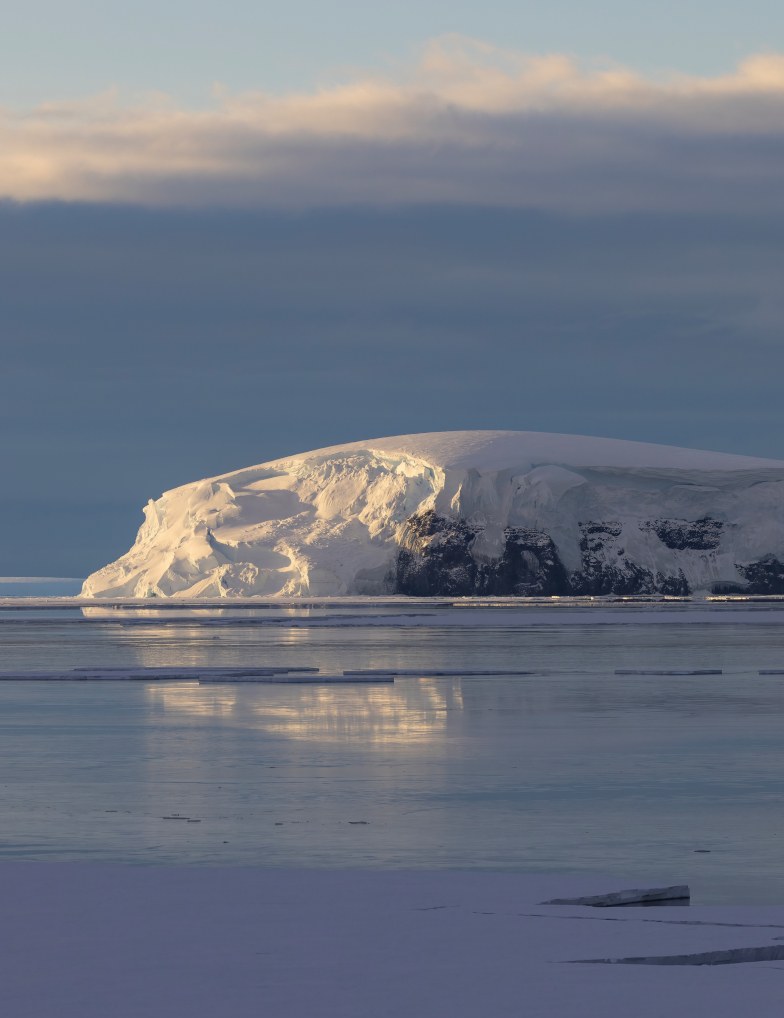
 Sail this entire length on one of our expedition cruises: the longest voyage to the antarctic in the world
Sail this entire length on one of our expedition cruises: the longest voyage to the antarctic in the world Claimed by no state. Zero inhabitants
Claimed by no state. Zero inhabitants The depth of an ice core extracted in 1968 by the Americans
The depth of an ice core extracted in 1968 by the Americans
The Ross Sea, “The last ocean”
ExclusiveBy entering into the sea ice at the base of the largest ice shelf in the Antarctic, Le Commandant Charcot is the only passenger ship able to sail up close to the shores of this extreme sea. Nicknamed “the last ocean,” the Ross Sea is a hugely significant place in the history of South Pole exploration, and offers breathtaking views of Mount Erebus, the highest summit on the White Continent. Read
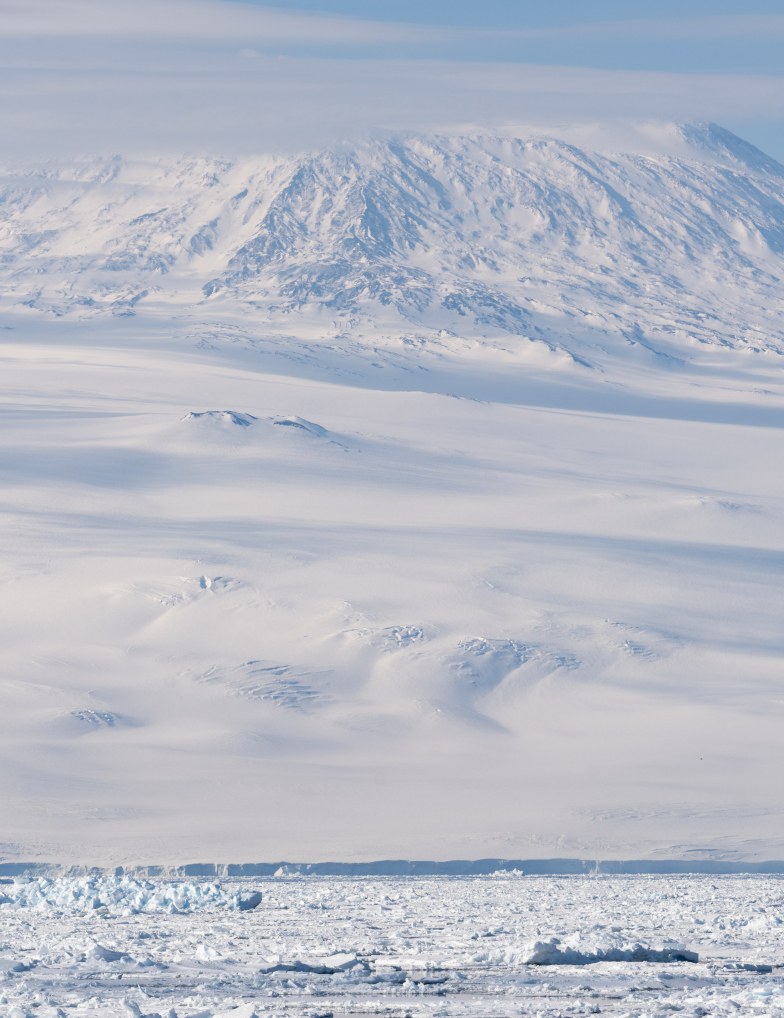
 The height of Mount Erebus
The height of Mount Erebus Extends for 800 kilometres
Extends for 800 kilometres The world's largest ice shelf
The world's largest ice shelf
Adélie Land, a frozen Eden
ExclusiveLe Commandant Charcot is the only passenger ship to sail through one of the most inaccessible and iconic regions of the Antarctic. The French science station of Dumont d’Urville, which is located on Petrel Island and named after the eponymous French explorer who explored the region in 1840, is a place where researchers live side by side with Adélie penguins, seals, orcas and, in the southern winter, emperor penguins. Read
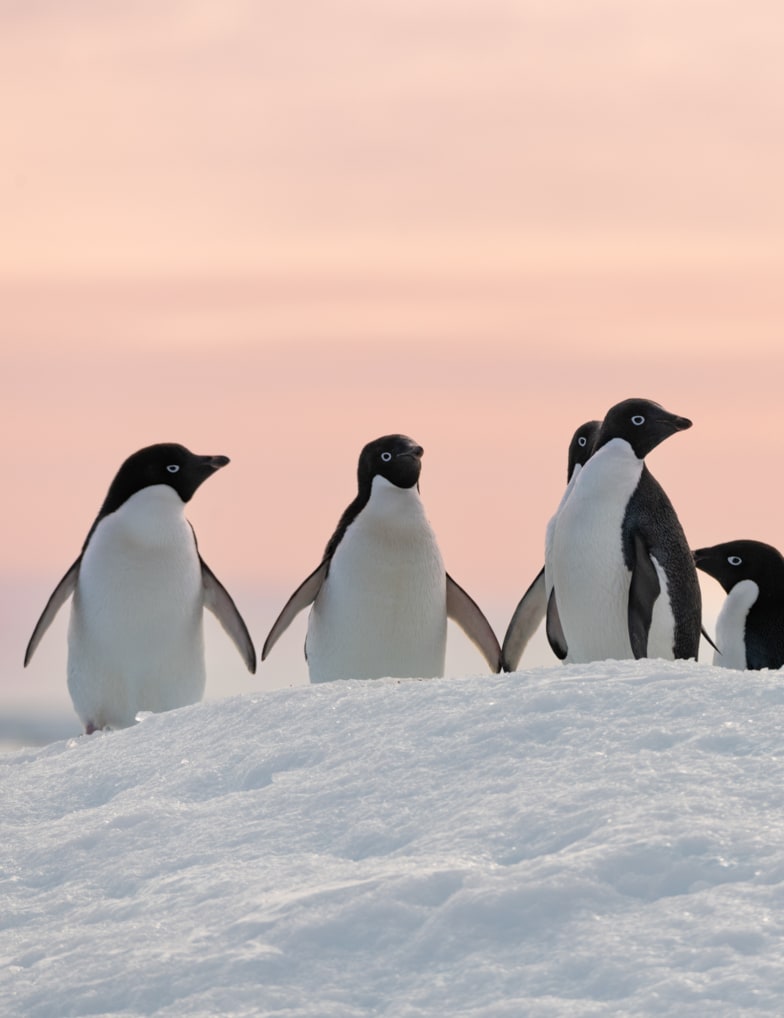
 Discovery by the navigator Jules Dumont D'Urville
Discovery by the navigator Jules Dumont D'Urville Home to one of the most important French polar scientific bases
Home to one of the most important French polar scientific bases Filming location for The March of the Penguins
Filming location for The March of the Penguins
Marguerite Bay, a haven of tranquillity
Marguerite Bay, which was named by Jean-Baptiste Charcot in homage to his wife during his scientific expedition of 1908 to 1910, is one of Antarctica's most beautiful regions. Extending out in the form of a deep blue tableau crowned by the heights of Adelaide Island, it provides a spectacular setting for whale watching and the observation of both leopard seals and Adélie penguins.
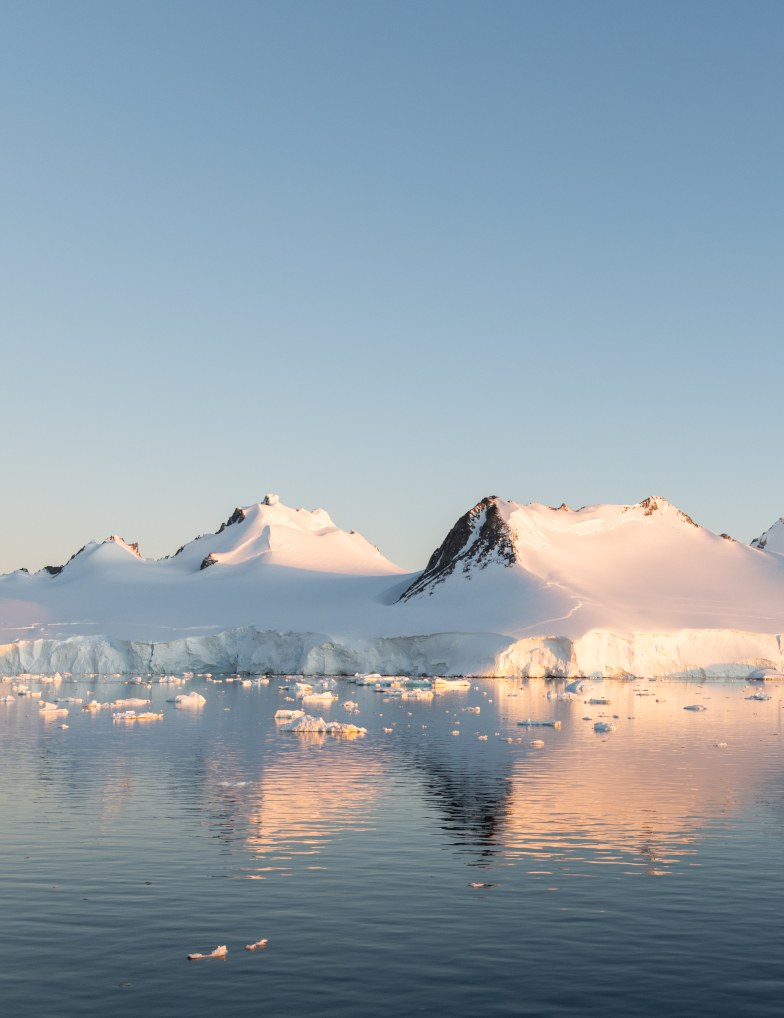
 South of the Antarctic Circle
South of the Antarctic Circle The Russian admiral Bellingshausen was first to reach it
The Russian admiral Bellingshausen was first to reach it The region where for the first time, two women overwintered in the Antarctic
The region where for the first time, two women overwintered in the Antarctic
The Magnetic South Pole, a legendary geographical point
ExclusiveSail in the footsteps of the great explorers who were gripped by the quest to find the Magnetic South Pole: James Clark Ross, Jules Dumont d’Urville, Robert Falcon Scott, and Claude Lorius. Though the Geographic South Pole is a fixed point, the Magnetic South Pole shifts position. Since 1960, it has been located around 300 km off the coast in the sea.
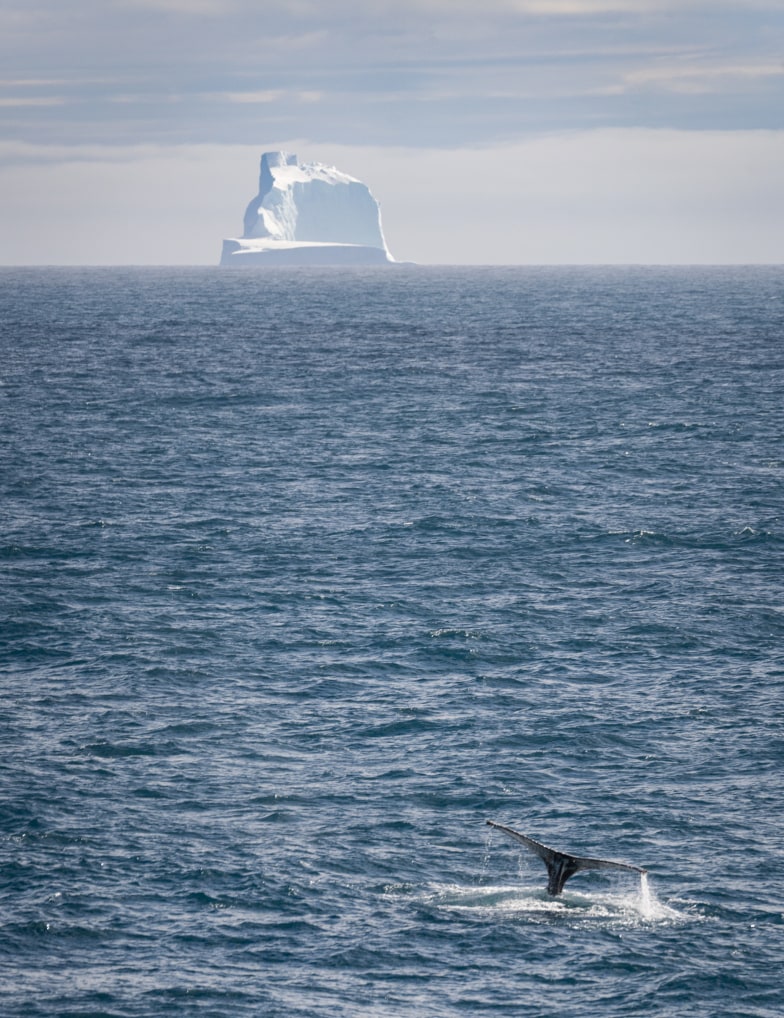
 The point currently drifts five to eight kilometres per year
The point currently drifts five to eight kilometres per year In 1950, the Magnetic SouthPole was located in Adélie Land
In 1950, the Magnetic SouthPole was located in Adélie Land Point was established for the first time on an expedition led by Dumont d’Urville
Point was established for the first time on an expedition led by Dumont d’Urville
The Far North as you have never seen it before
Sail along the crooked coast of Greenland or the meandering St. Lawrence River; navigate the ins and outs of the Norwegian fjords or admire the Baltic Sea; discover the Gulf of Bothnia or journey all the way to the North Pole. On board Le Commandant Charcot, you will become enthralled by the Arctic, from the spectacular Midnight Sun to the kaleidoscopic Northern Lights, and from meeting the local indigenous peoples to sighting polar bears with the naked eye.

The two North Poles
ExclusiveFollowing in the traces of Frederick Cook, Robert Edwin Peary, and Roald Amundsen, join the ranks of the rare people to have ventured to the North Pole or – exclusively, and for the very first time in the world – sailed a transarctic route. This slow ascent in search of the two North Poles, geographic and magnetic, through landscapes frozen by the cold, yet constantly changing, and inaccessible to conventional ships, is a challenging endeavour. Read

 The northernmost point on the planet
The northernmost point on the planet The distance from the nearest inhabited land
The distance from the nearest inhabited land The first time a ship reached the North Pole
The first time a ship reached the North Pole
In the realm of the polar bear
Visit the outskirts of the most northerly island of the Svalbard archipelago: North East Land. This vast polar desert at the edge of the Arctic ice pack is covered by an immense ice cap extending into the Arctic Ocean, forming the largest ice shelf in the Northern Hemisphere. The iceberg-dotted Hinlopen Strait, to the west, provides a refuge for the iconic wildlife of the Far North.
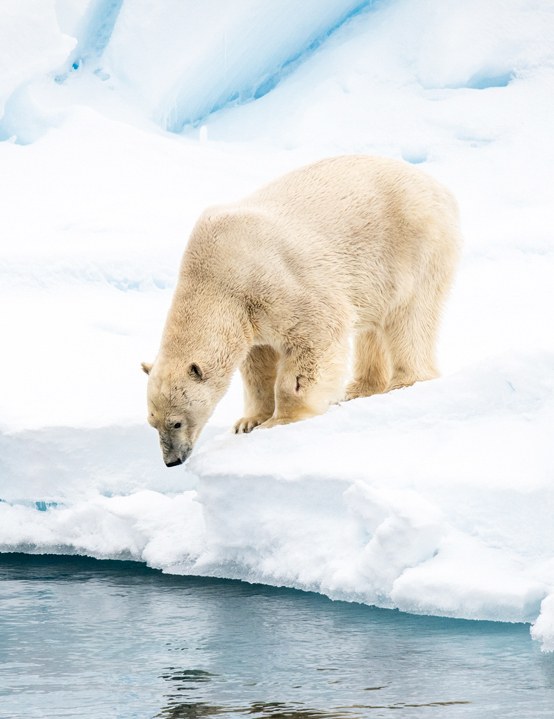
 Europe’s largest ice cap
Europe’s largest ice cap The annual migratory zone of polar bears
The annual migratory zone of polar bears Svalbard’s largest bird cliff (Alkefjellet)
Svalbard’s largest bird cliff (Alkefjellet)
The world's largest fjord : Scoresby Sound
ExclusiveLe Commandant Charcot is the only passenger ship in the world able to reach the entrance to this fjord when it’s still iced over just after the end of winter, thus offering the opportunity for an immersive experience with the Ittoqqortoormiit community in the most northerly village of Greenland’s east coast. A particularly dramatic and intense experience in this early spring, when Le Commandant Charcot is the first ship of the year to bring supplies to the still icebound village. Read

 The largest network of fjords in the world
The largest network of fjords in the world The number of inhabitants of Ittoqqortoormiit
The number of inhabitants of Ittoqqortoormiit A region surrounded by sea ice for nine months of the year
A region surrounded by sea ice for nine months of the year
The ice cathedrals of Disko Bay
ExclusiveDiscovering Disko Bay and its monumental icebergs is a privilege: no other passenger ship in the world can sail there so early in the season. Le Commandant Charcot offers you the unique experience of spending several days in total immersion, at the pace of the Inuit communities, in communion with this magical setting and its wildlife.
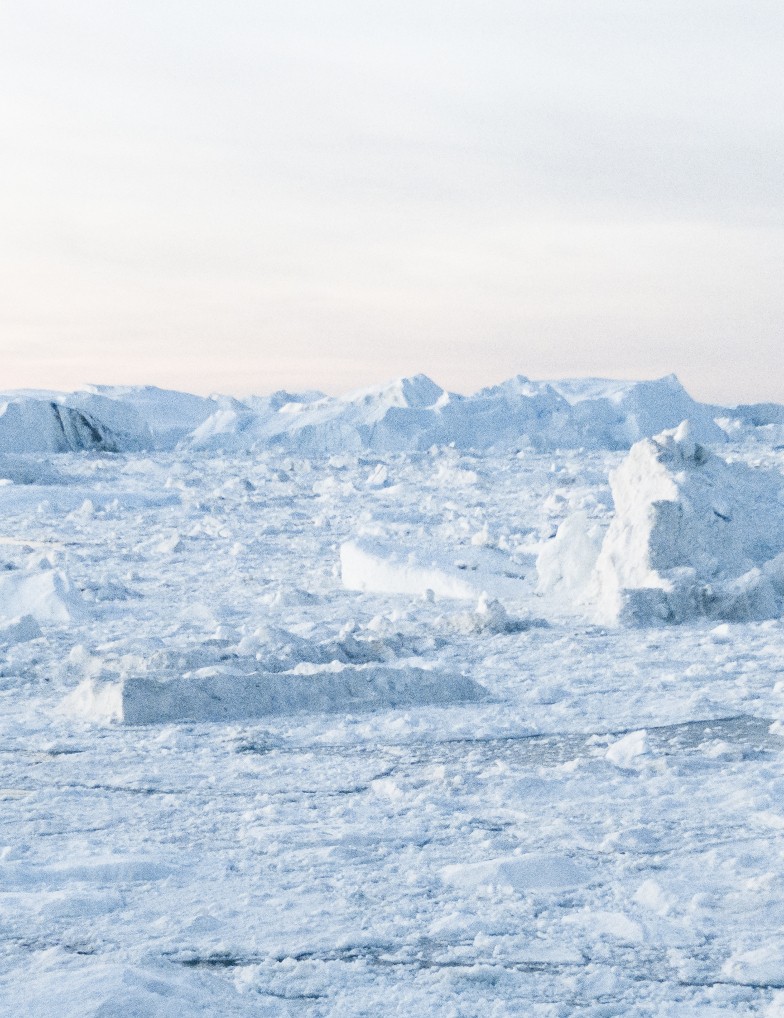
 Unesco World Heritage Site
Unesco World Heritage Site Largest icebergs in the northern hemisphere
Largest icebergs in the northern hemisphere Beluga and narwhal sightings
Beluga and narwhal sightings
An immersive experience deep in the Quebec winter
ExclusiveLe Commandant Charcot is the first and only passenger ship to venture onto the frozen St. Lawrence River in winter, offering a privileged opportunity to explore, in 360°, all the riches this region has to offer: hiking in forests covered with thick blankets of snow, fishing in a temporary village set up on the sea ice, gliding through the landscape in dog sleds, listening to the stories of the Innu, there are countless opportunities in the Far North. Behind the scenes: discover our teams scouting the destinations See the video
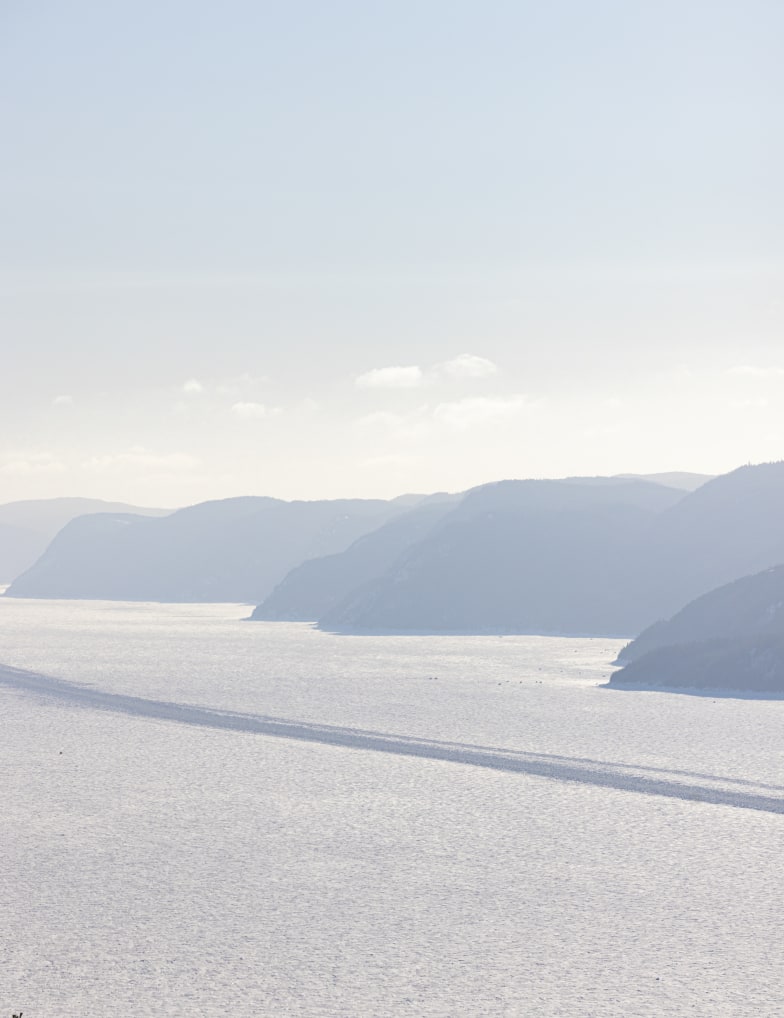
 The height of the highest cliffs
The height of the highest cliffs One of the world's longest fjords
One of the world's longest fjords Covered in ice in winter
Covered in ice in winter
The islands of Lofoten: the soul of Norway
An iconic archipelago, the Lofoten Islands encapsulate the entire beauty of Norway. The jagged peaks overlook quiet, little-visited fjords, refuges for colourfully picturesque, traditional fishing villages which seem frozen in time: a scenically enchanting fairytale landscape rendered sublime by the autumn light reflecting off a fine blanket of snow.
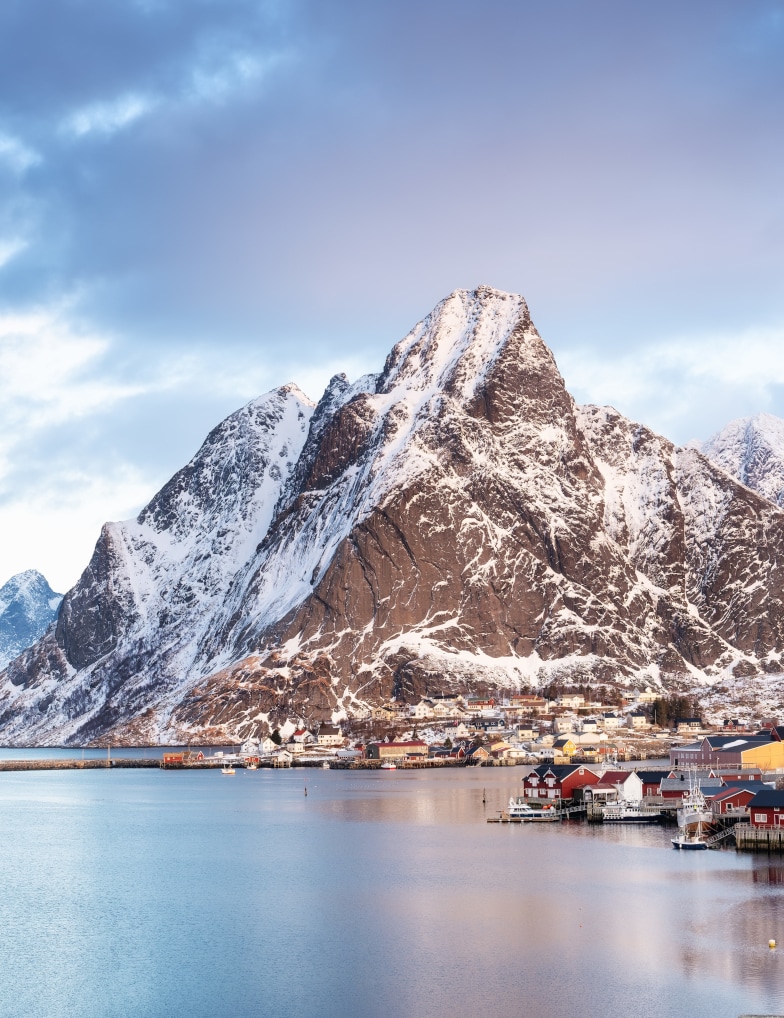
 Beyond the Arctic Circle
Beyond the Arctic Circle Possibility of seeing the Aurora Borealis
Possibility of seeing the Aurora Borealis The archipelago is made up of 80 islands
The archipelago is made up of 80 islands
Ready for adventure ?
Discover a selection of iconic travel experiences aboard Le Commandant Charcot
Complete polar immersion
Enjoy immersive, authentic experiences designed and conceived by an expert expedition team with a passion for the polar regions.


On the ice
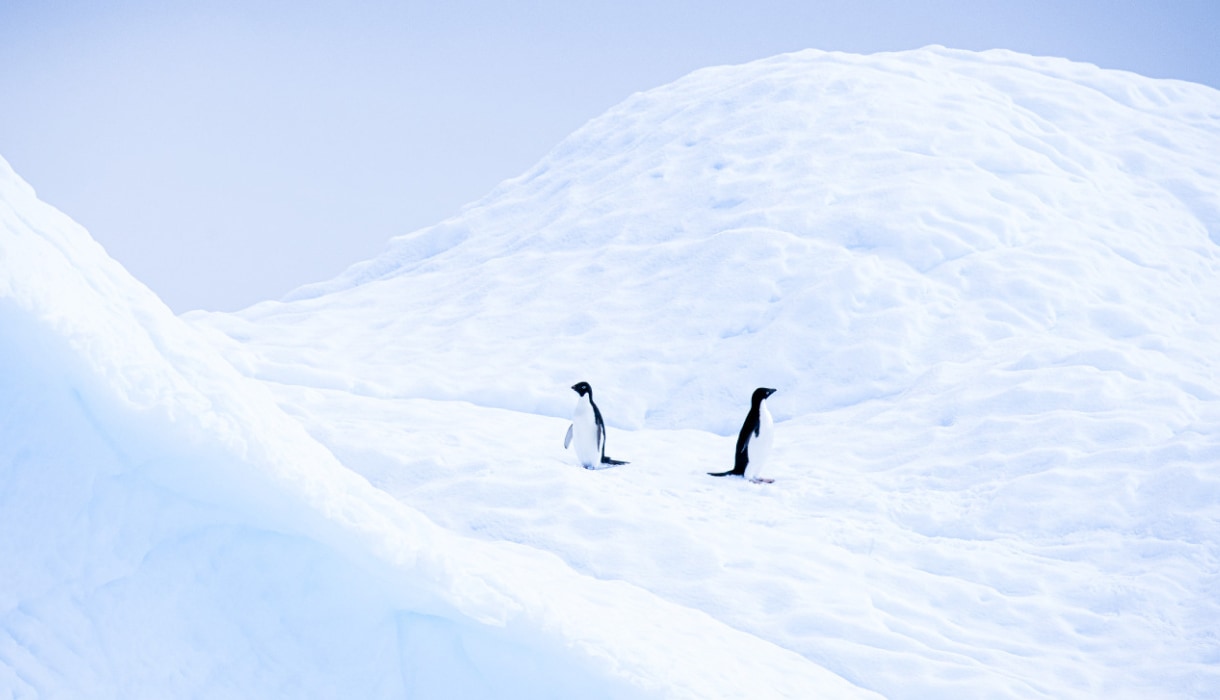
Whether the Arctic or Antarctic, the vast polar landscape sets the pace. The rhythm of footsteps on the ice is matched by the rhythm of calmer breathing. In the Far North, on a sledge pulled by exhilarated dogs, the instinct for wide open spaces takes over, and the deep soul of Greenland is revealed through encounters with the last hunters of the poles or a polar trek guided by Inuits.
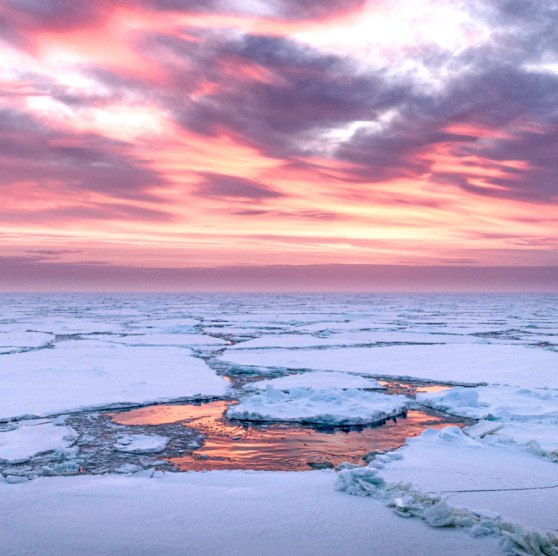


On the water
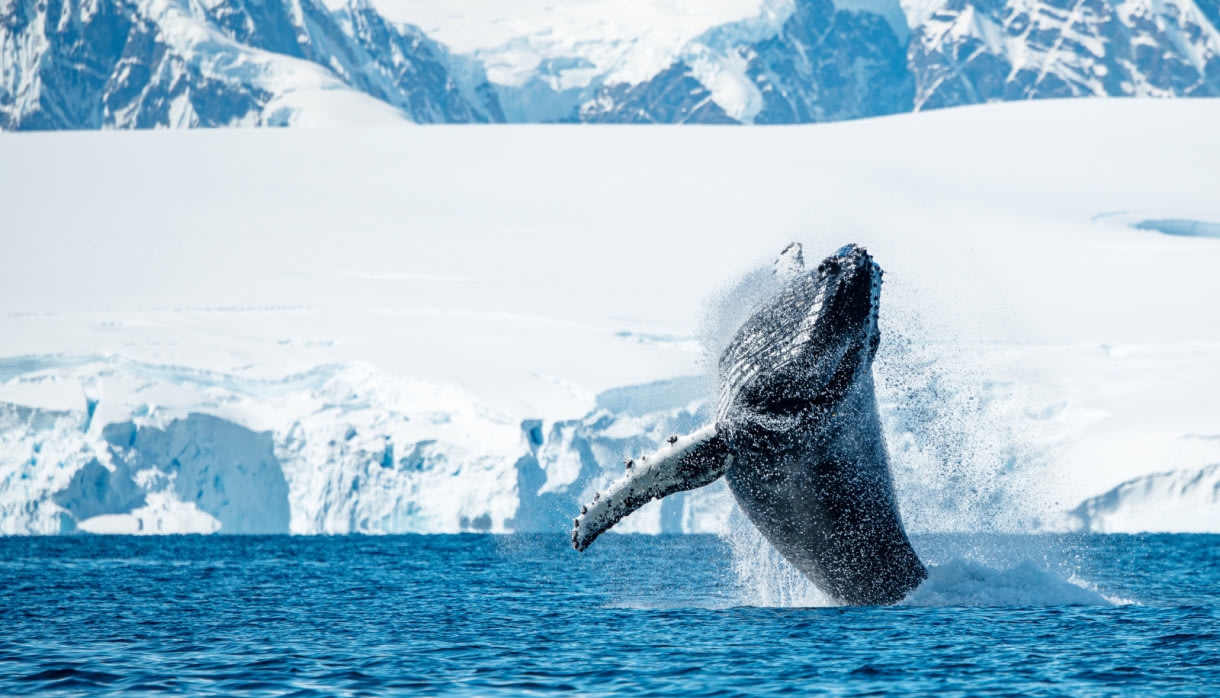
The ocean is where it all happens: the buzz of kayaking between icebergs, observing extraordinary wildlife from an inflatable boat, immersing yourself completely during a polar plunge... The thrill of adventure begins on the water.
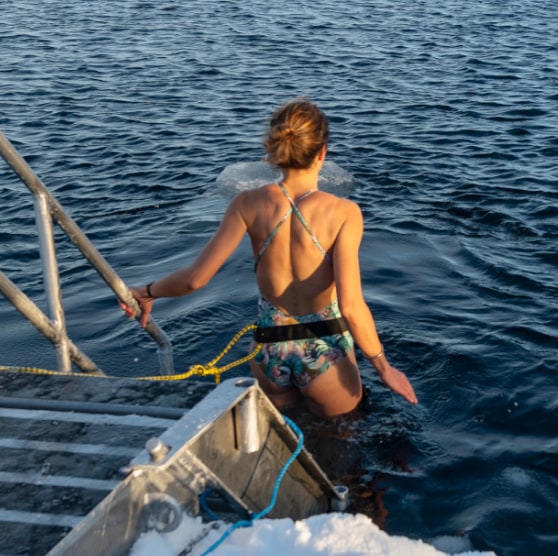


On board

Biology, history, geology, the study of the ice and the oceans, protecting the environment… Observe and unlock the secrets of the ecosystem during zodiac cruises, from the ship’s decks with your expedition team, and through fascinating talks and lectures. With around twenty naturalist guides per departure, this is one of the best ratios in the world for this type of trip.
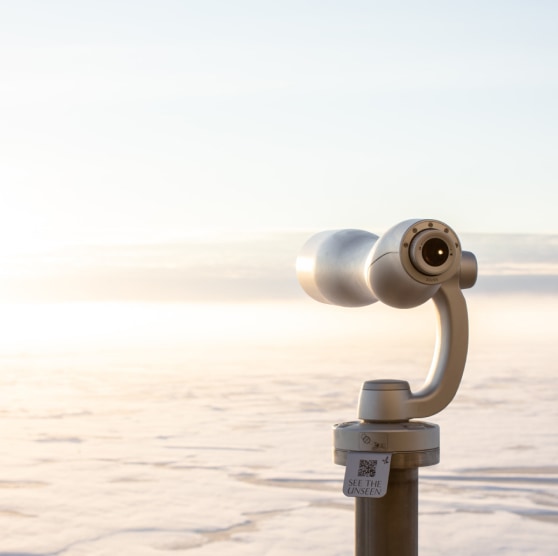

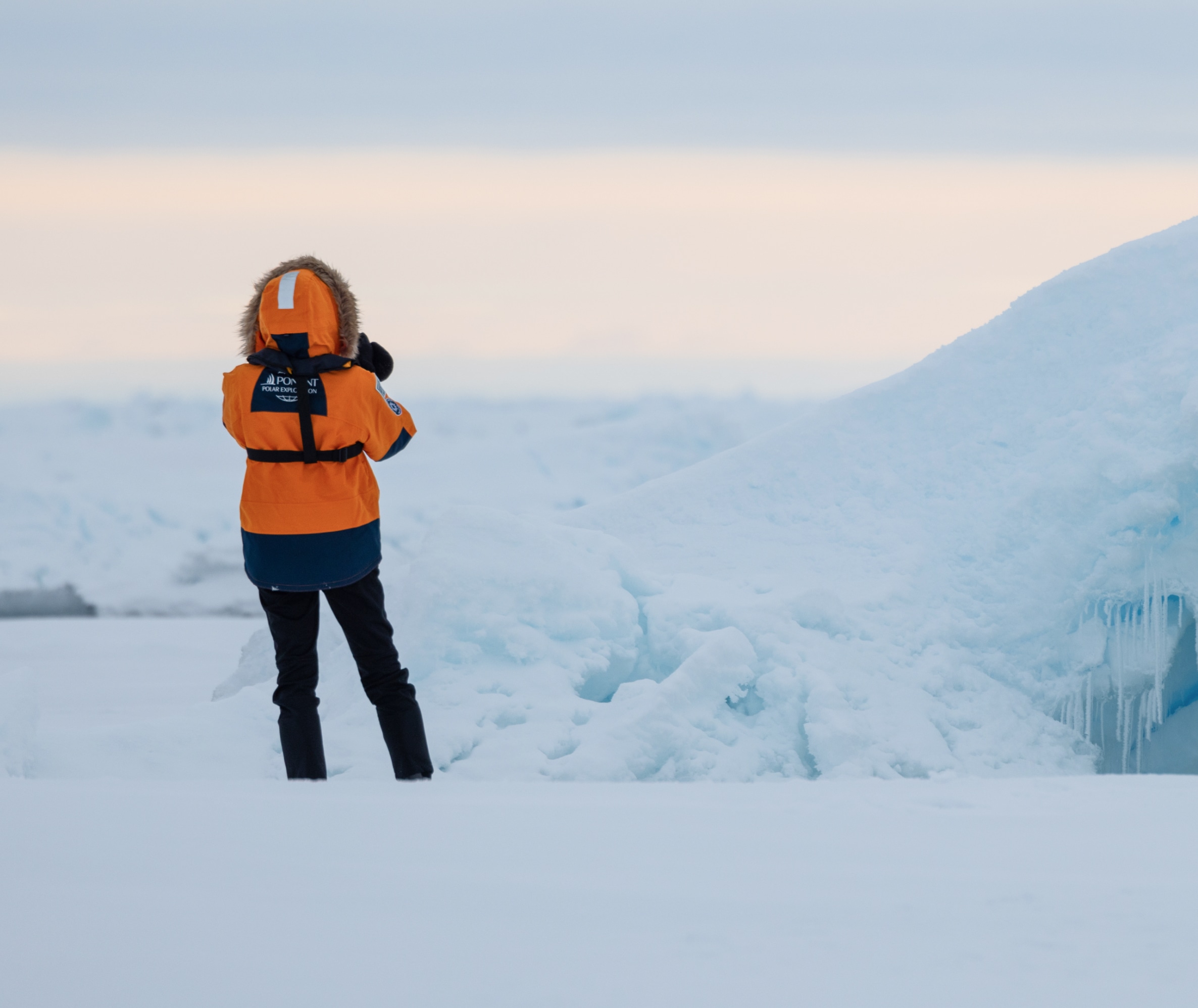
Photo
ambassadors
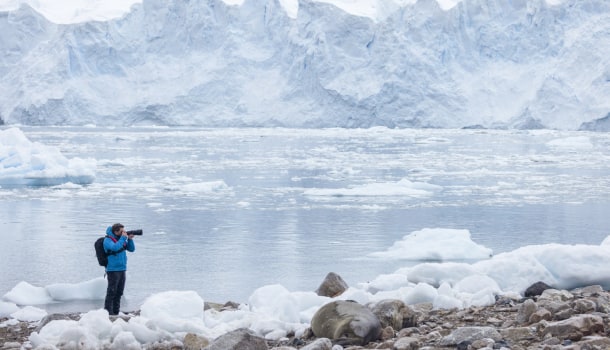
Because photos still remain a fantastic way to bring our best memories to life, take advantage of the onboard presence of Photo Ambassadors on many of our sailings. Specialists in the polar regions, they will help and advise you about capturing the best moments of your voyage through special workshops and lectures.
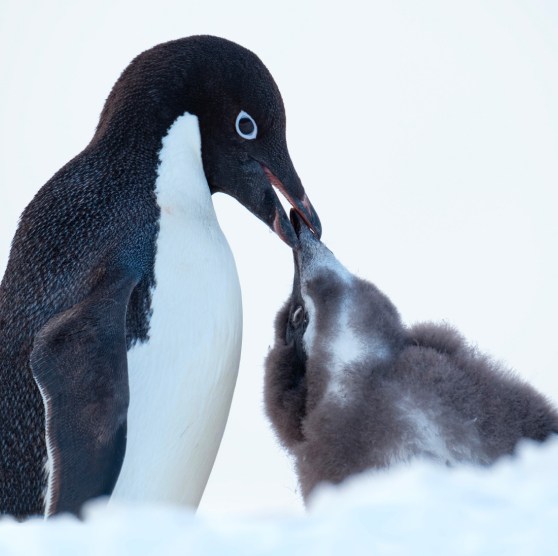

Interior – Exterior:
an invisible boundary
The ship's design, conceived by interior design specialists Studio Jean-Philippe Nuel and Wilmotte & Associés, invites the polar environment on board through a subtle blend of the Danish concept of hygge - the sense of being in a comforting environment bathed in positive energy - and Norwegian friluftsliv – the pleasure of life in the open air.
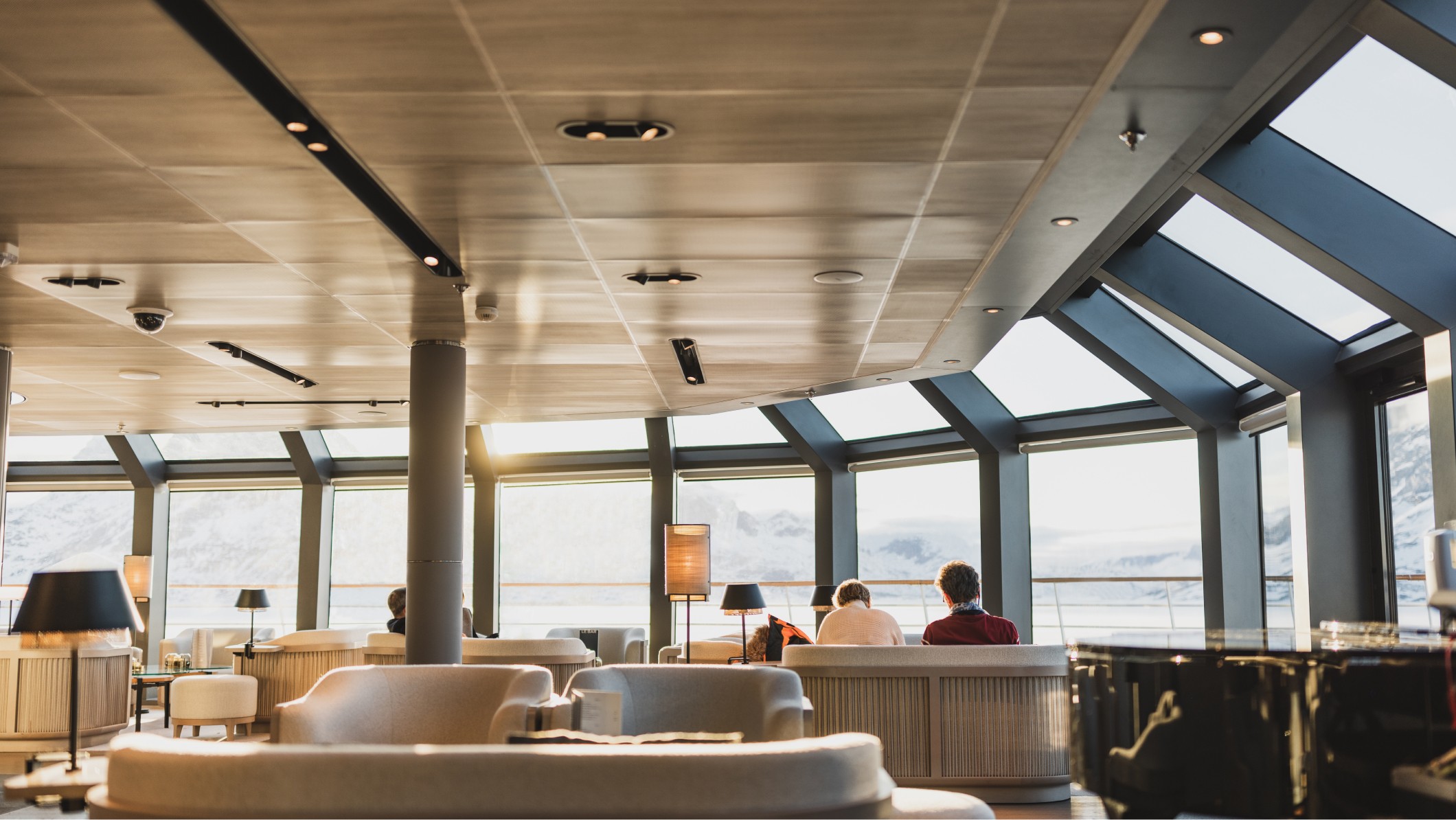
Hygge
The mellow enveloping comfort of interior spaces open to the exterior
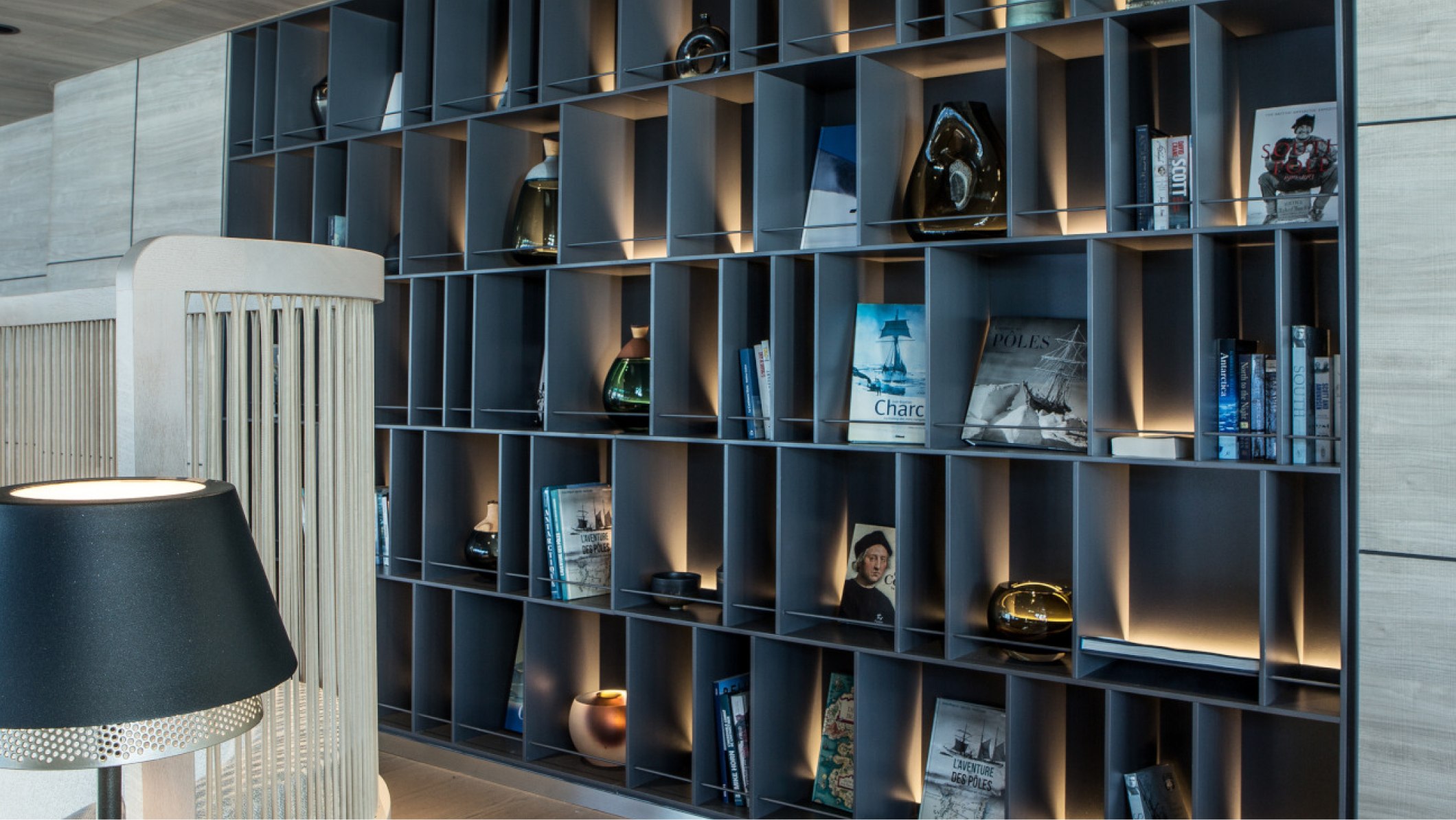
Browse some of the art books dedicated to travel provided in the library of the brightly luminous Anori observation lounge (Anori means “wind” in Inuit); enjoy a relaxing moment at the Main Lounge in a warm and friendly musical ambiance; or pay a visit to the Cigar Lounge, one of the ship’s uniquely exclusive spaces.
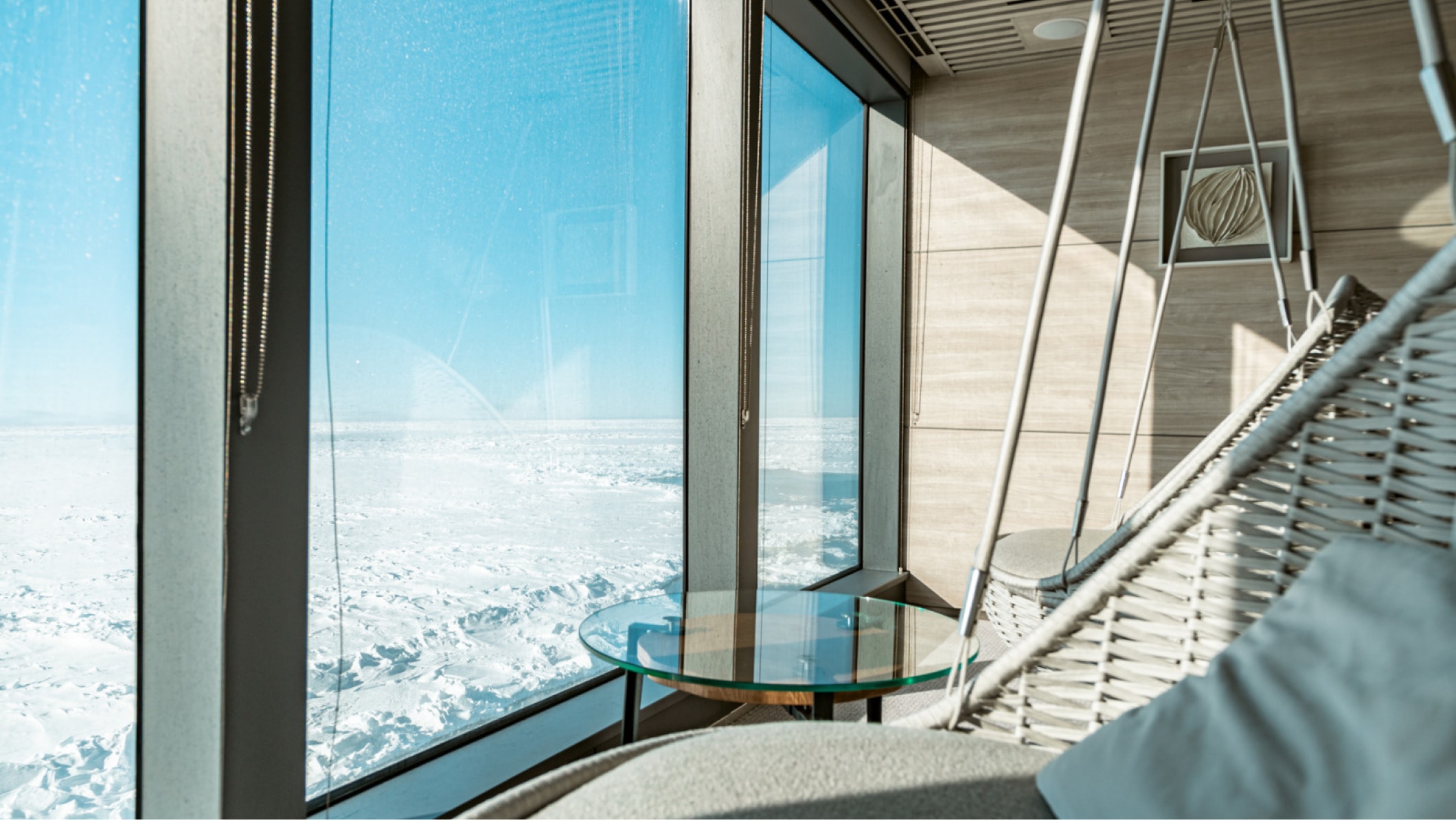
Deck 9: relax by the Imaq indoor pool (Imaq is “seawater” in Inuit) as you sip a smoothie or fresh juice from the detox bar; take advantage of the personalised services available at the Nuan spa (Nuan is Inuit for “well-being/happiness”) or at the hairstyling and manicure salon ; or treat yourself to a Nordic ritual in at the sauna (“burning heat”) or the Siku (“snow”).

Savour the delights of one of Michelin-starred chef Alain Ducasse’s signature dishes at Nuna (the “Earth” in Inuit) – the only Alain Ducasse gastronomic restaurant at sea – with spectacular snow-covered scenery as your décor.
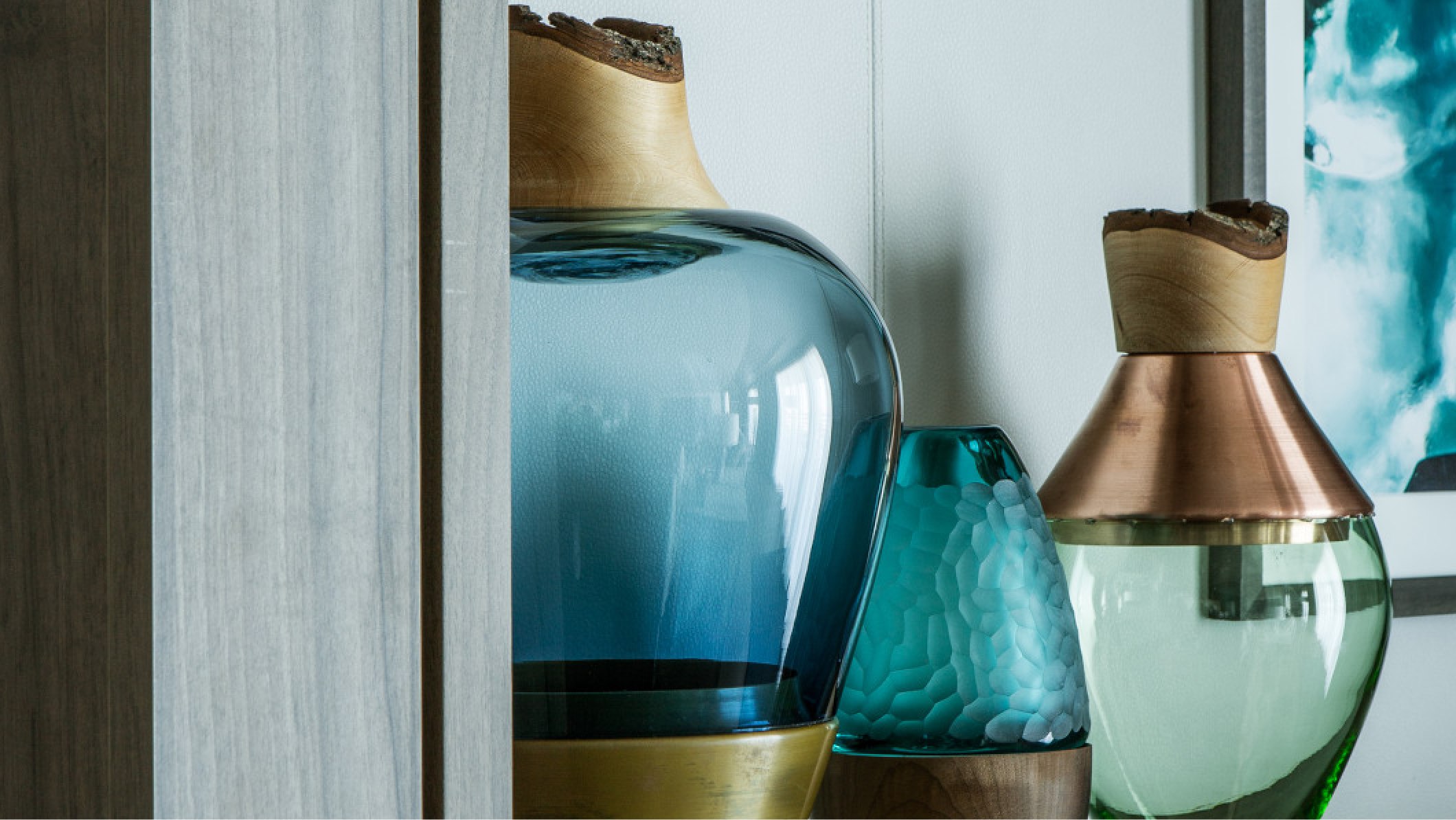
The ship features an immersive art trail extending across its various different spaces. Sculptures, blown glass, ceramics, photographs, paintings, digital art… Each piece of art takes inspiration from materials and scenery offered by the polar landscapes.
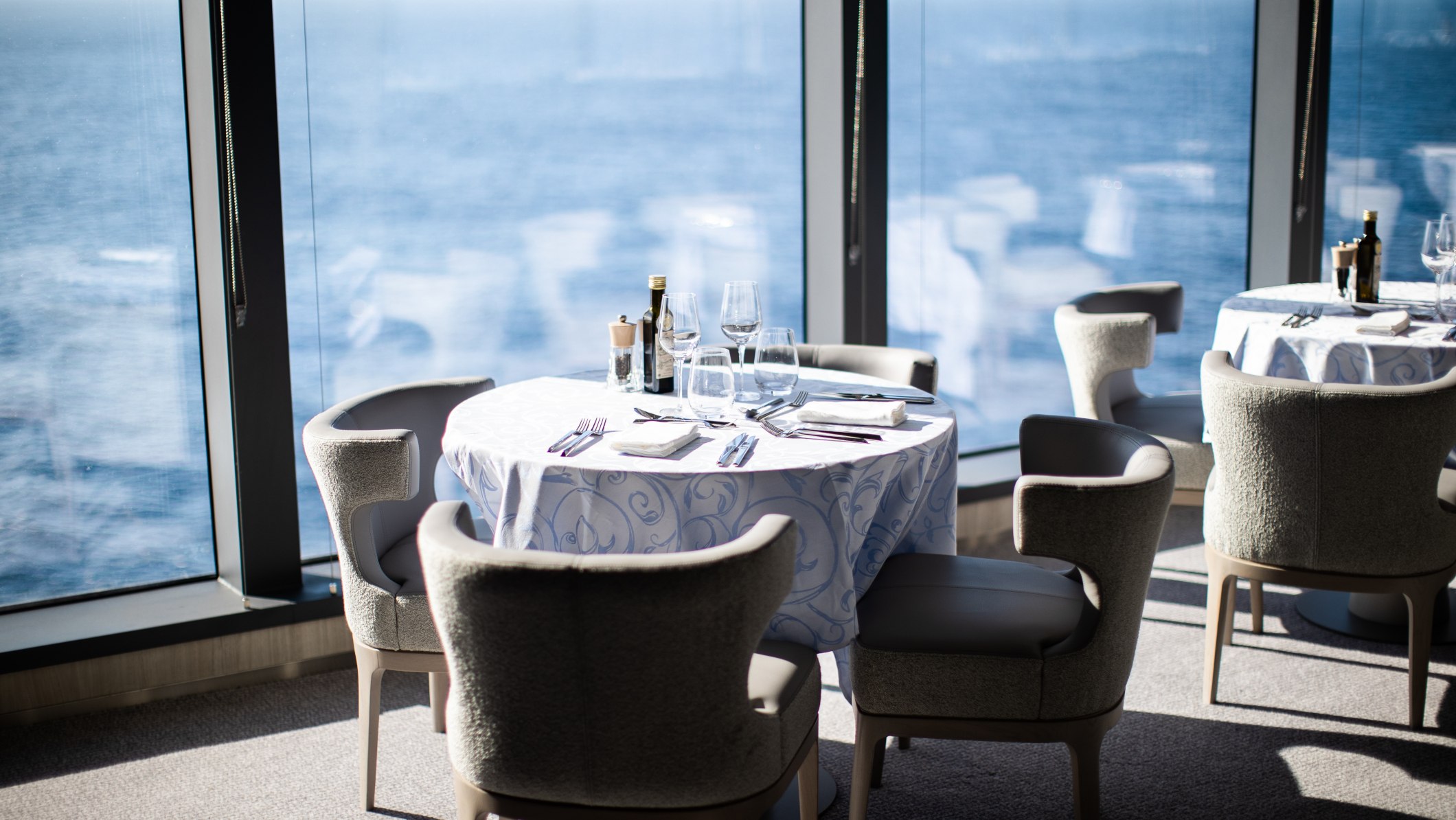
On deck 9, visit the buffet restaurant Sila (“Heaven”).
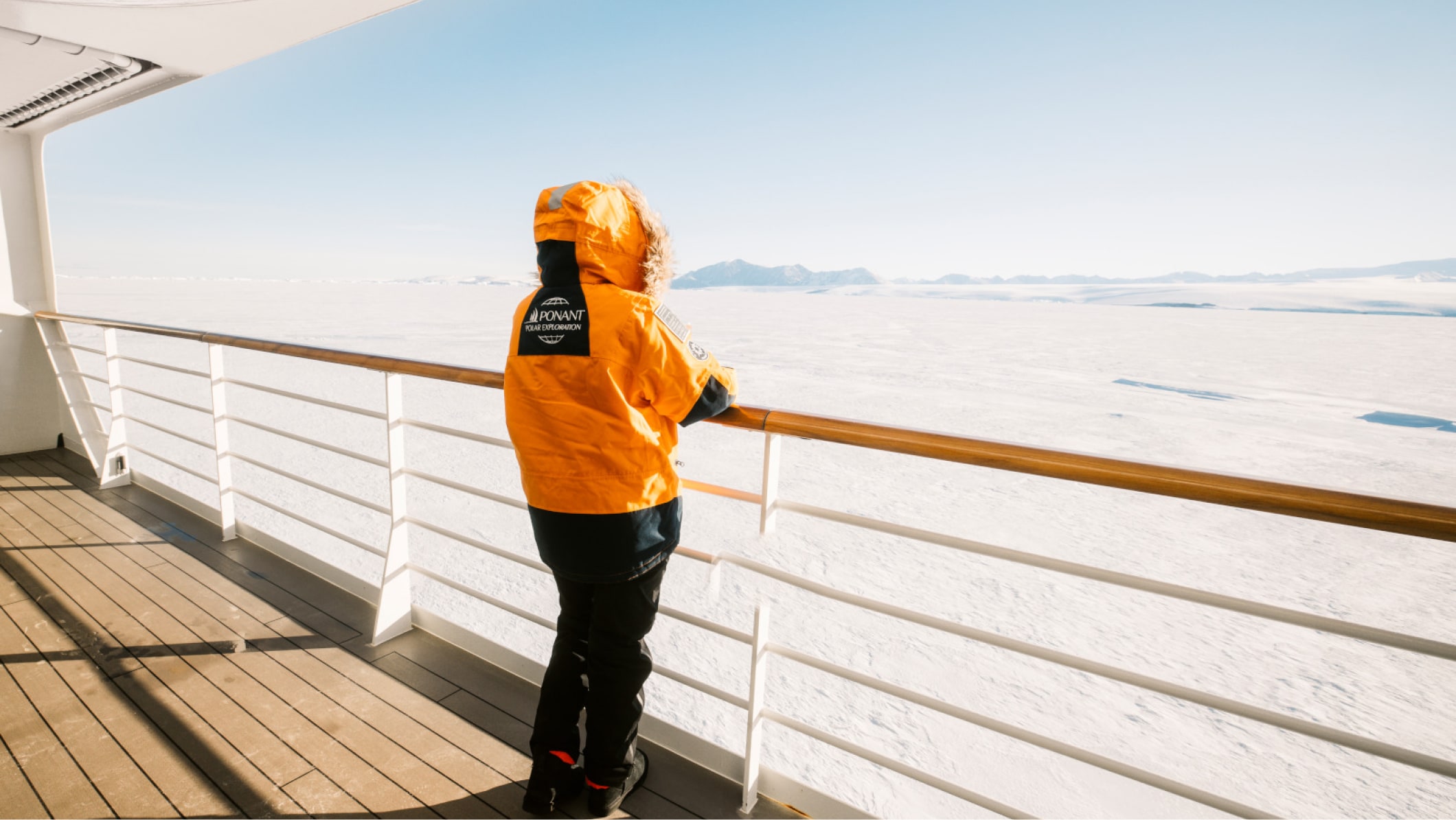
Friluftsliv
Connection with the polar environment
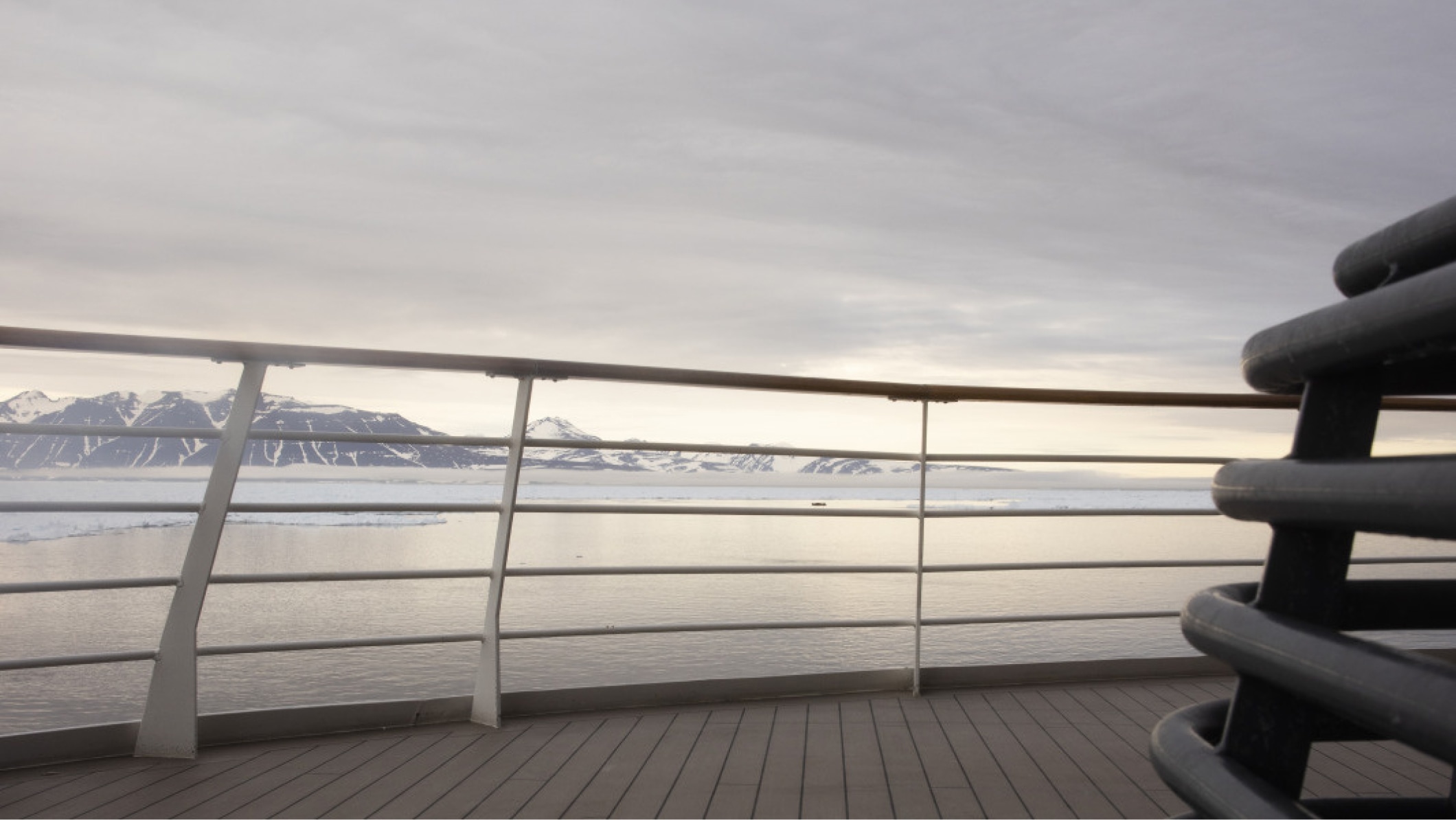
Admire 360°C views of the surrounding scenery along the promenade deck – a possibility rarely found on passenger ships – and take time out for a break on one of the benches heated via energy recuperation.
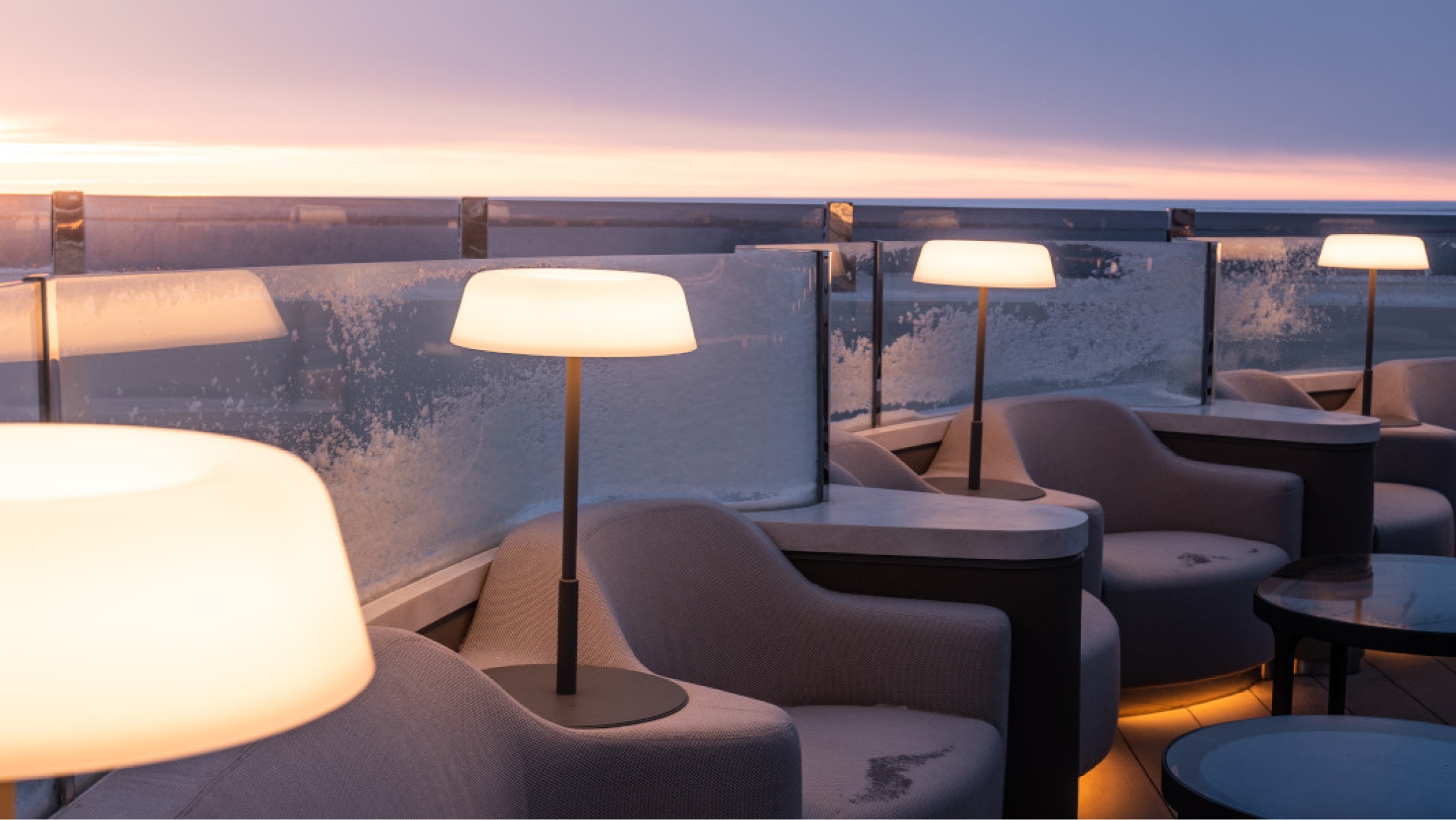
Settle down comfortably to enjoy a hot drink in the heated armchairs of the Inneq exterior bar (Inneq is Inuit for “fire”).

Surrounded by polar scenery, relax in the waters of the Blue Lagoon, heated to between 27°C and 37°C via energy recuperation.
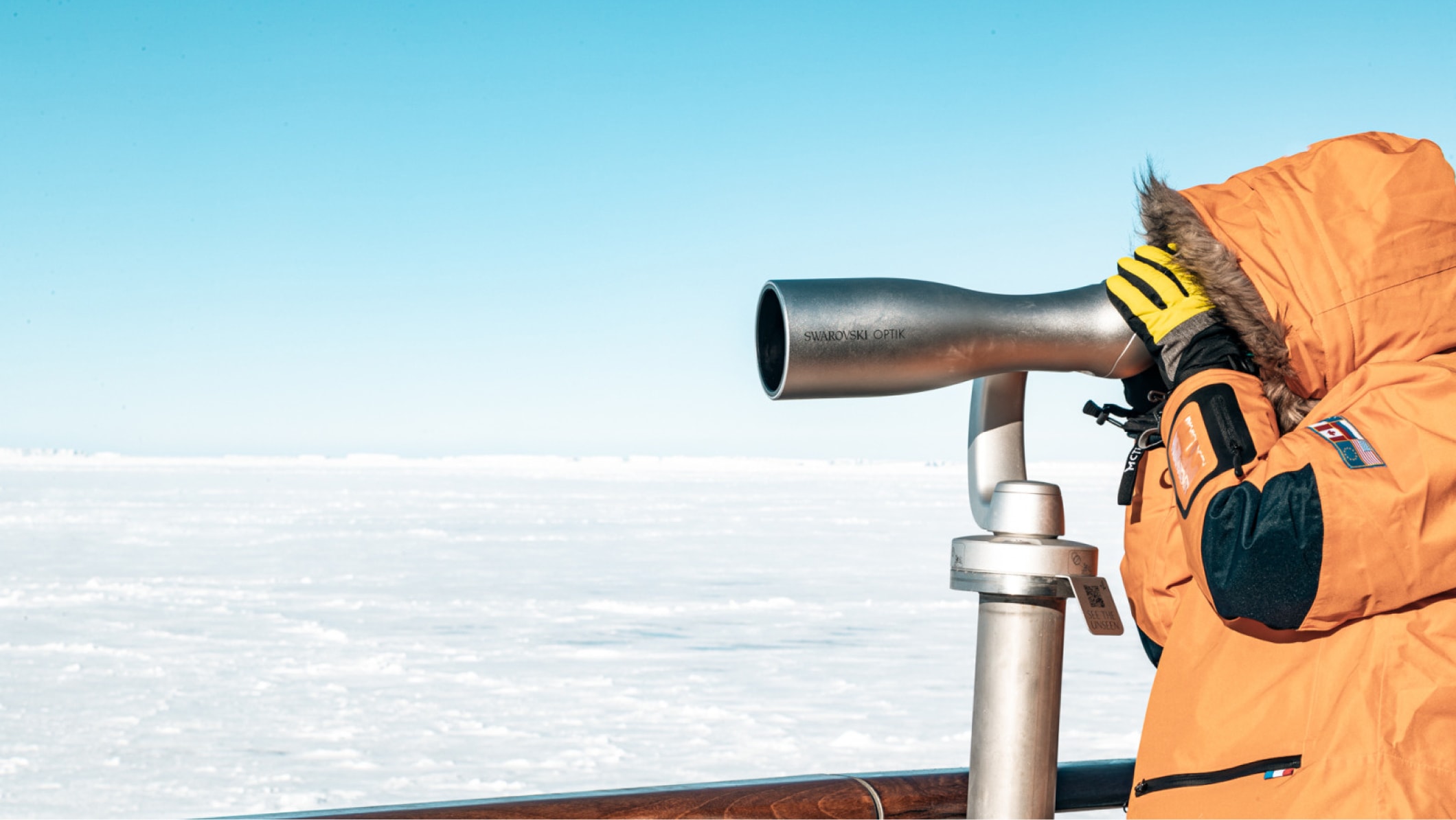
Observe wildlife through the Swarovski Optik telescopes provided for your use on the observation lounge terrace at the front of the ship.
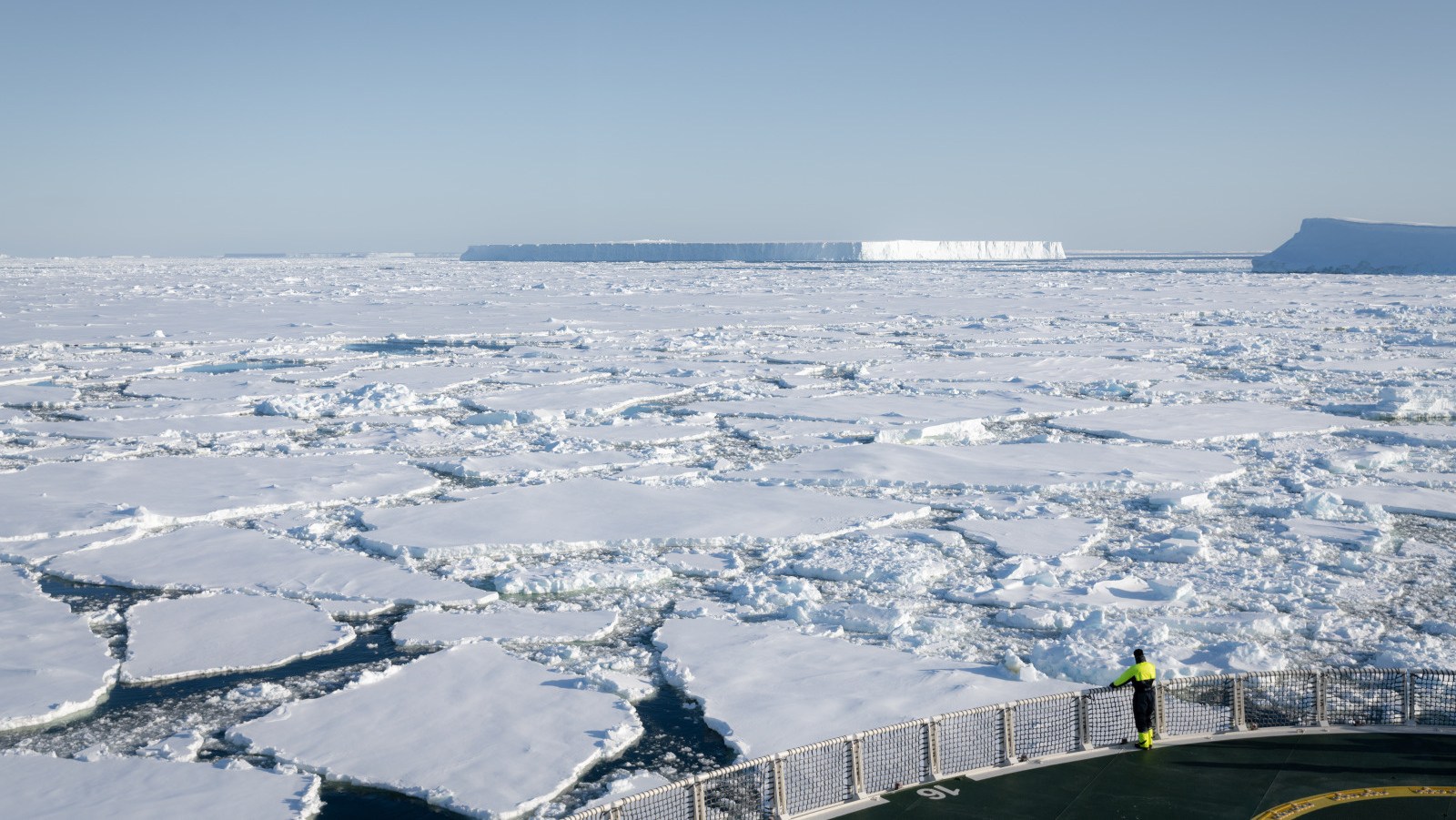
Enjoy a front-row view from the ship’s bow, and experience, for a moment, the unforgettable sensation of being all alone while facing the immense frozen expanse.
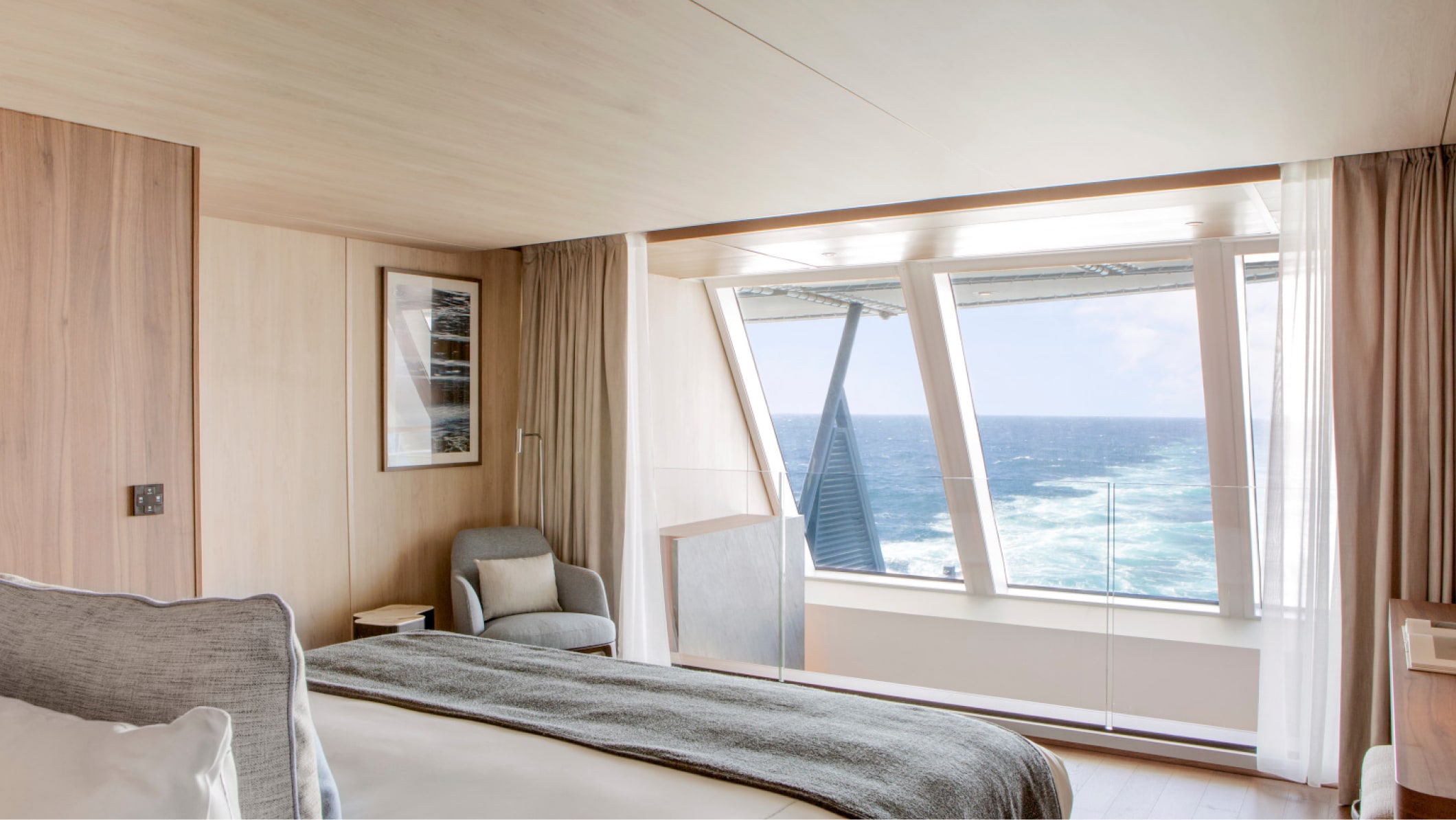
Staterooms and suites with a view
Private terrace or balcony
for 100% of staterooms and suites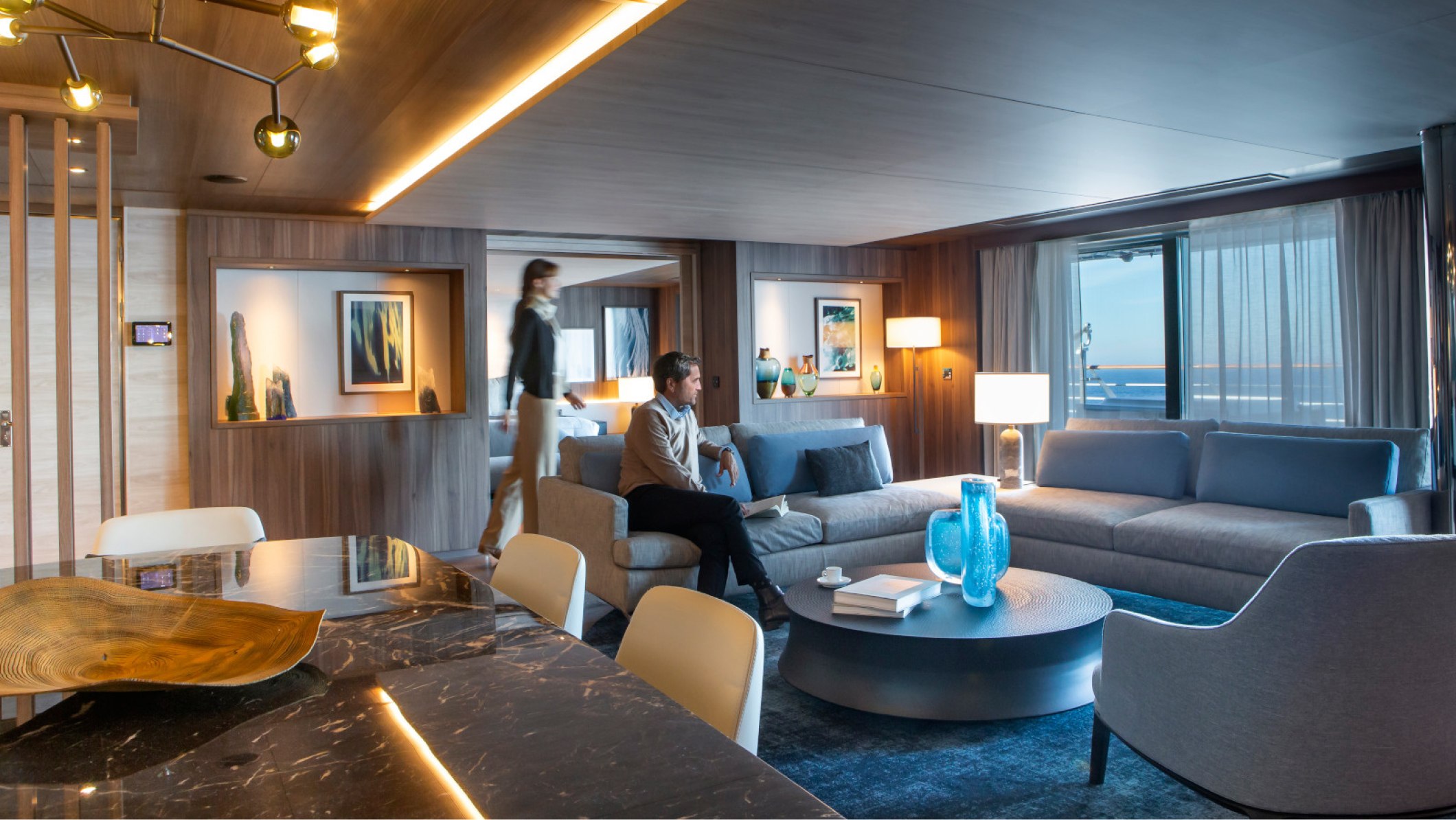
Owner's Suite: 115 m² dedicated to refinement, extended by a private terrace (186 m²).
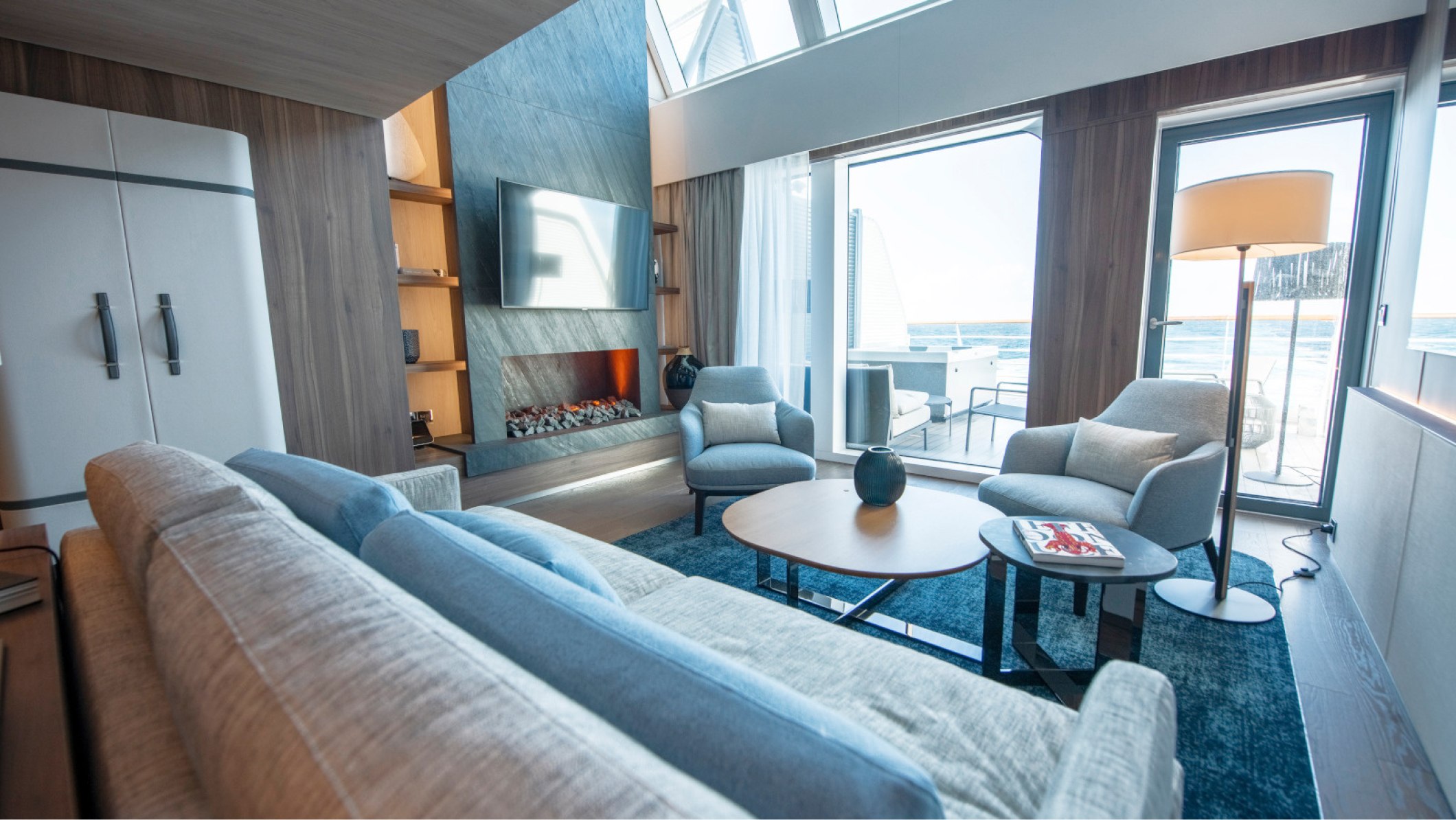
Duplex Suites (94 m²): enjoy a breathtaking view of the immaculate landscape from your room or terrace (26 m²).
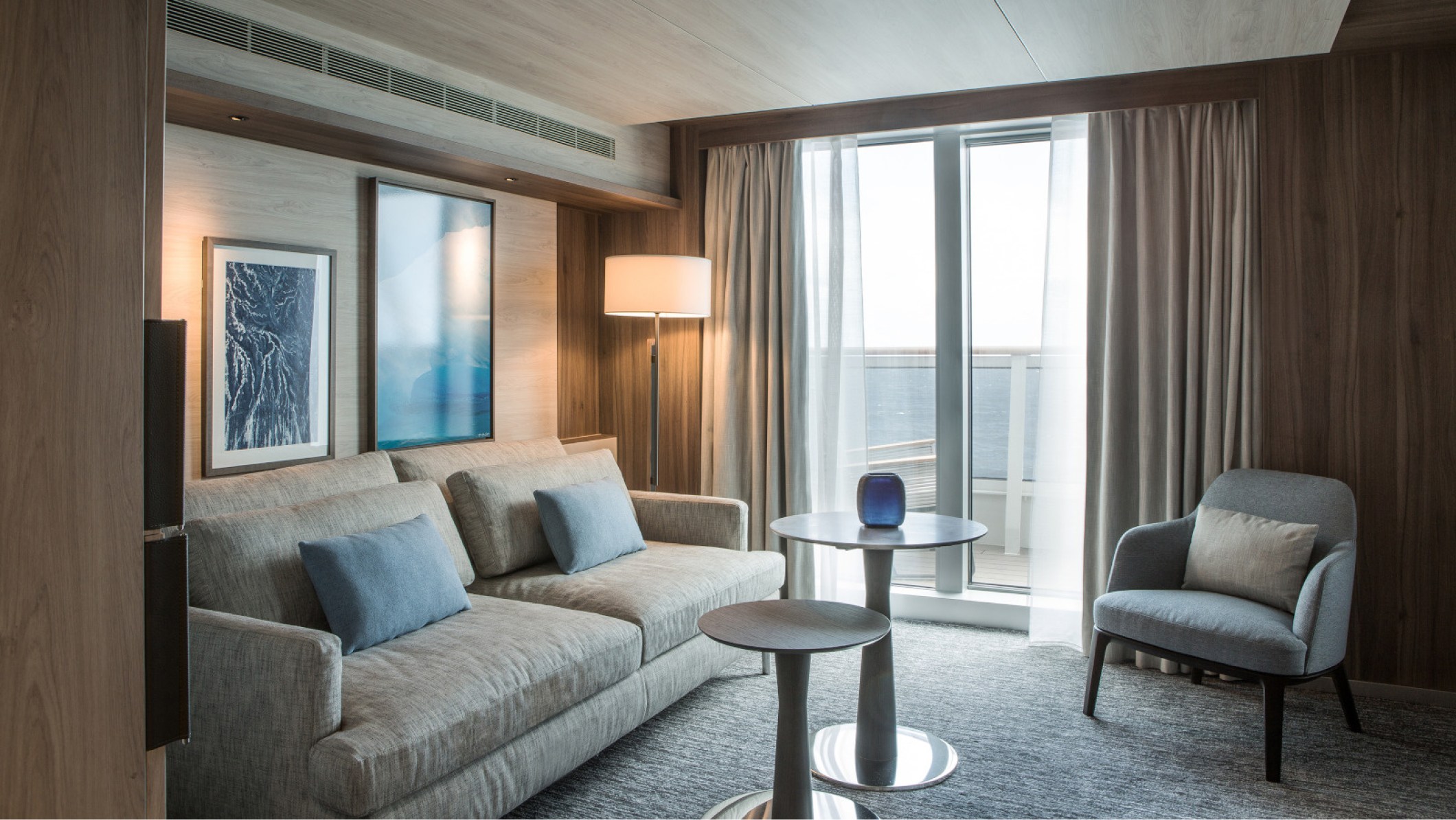
Privilege Suites: let yourself be lulled by the cosy atmosphere of your suite (48 m²) with a lounge opening onto a private balcony (12.5 m²).
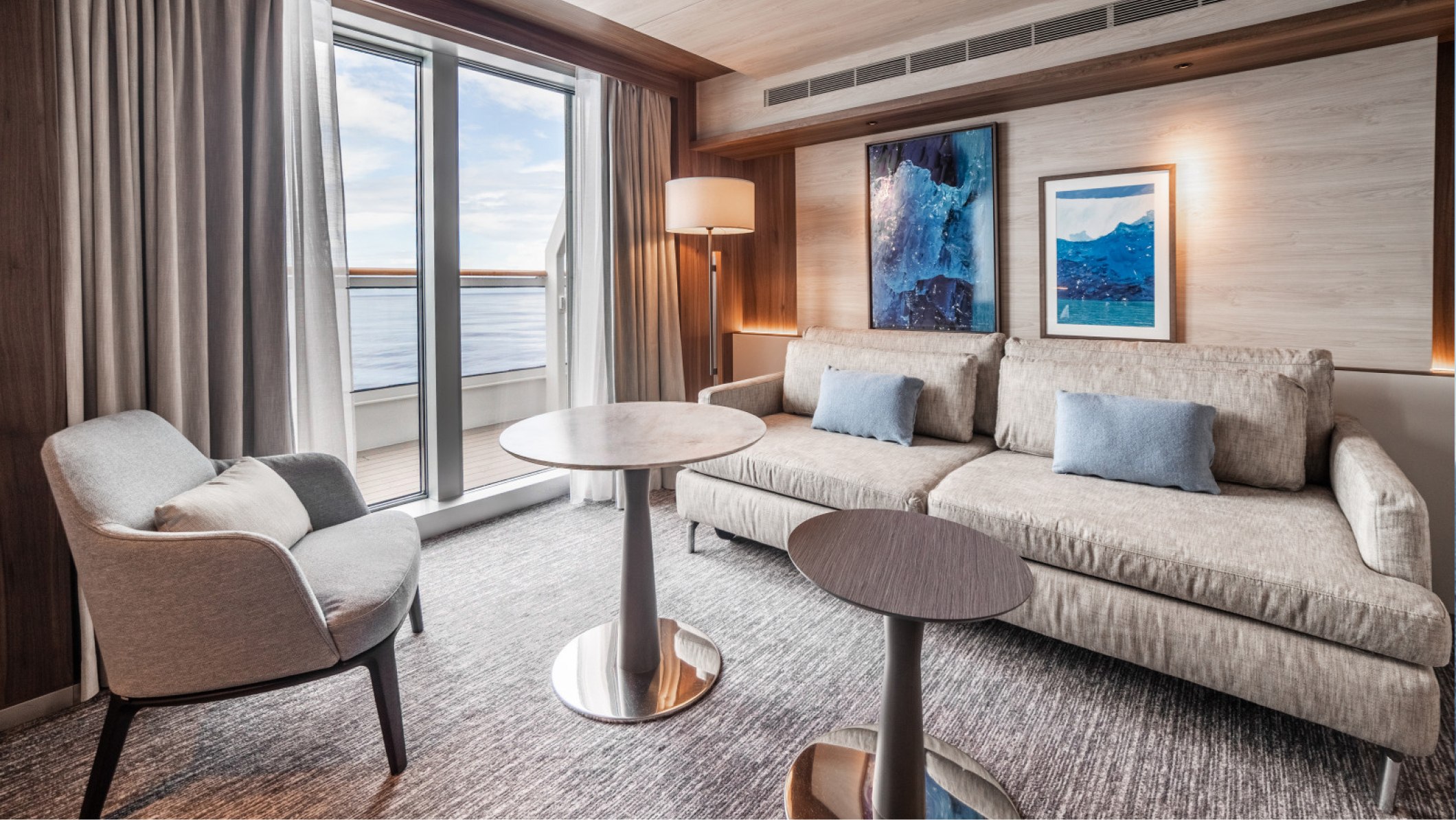
Prestige Suites: admire the polar landscapes from your bedroom, lounge, or private balcony (10 m²).
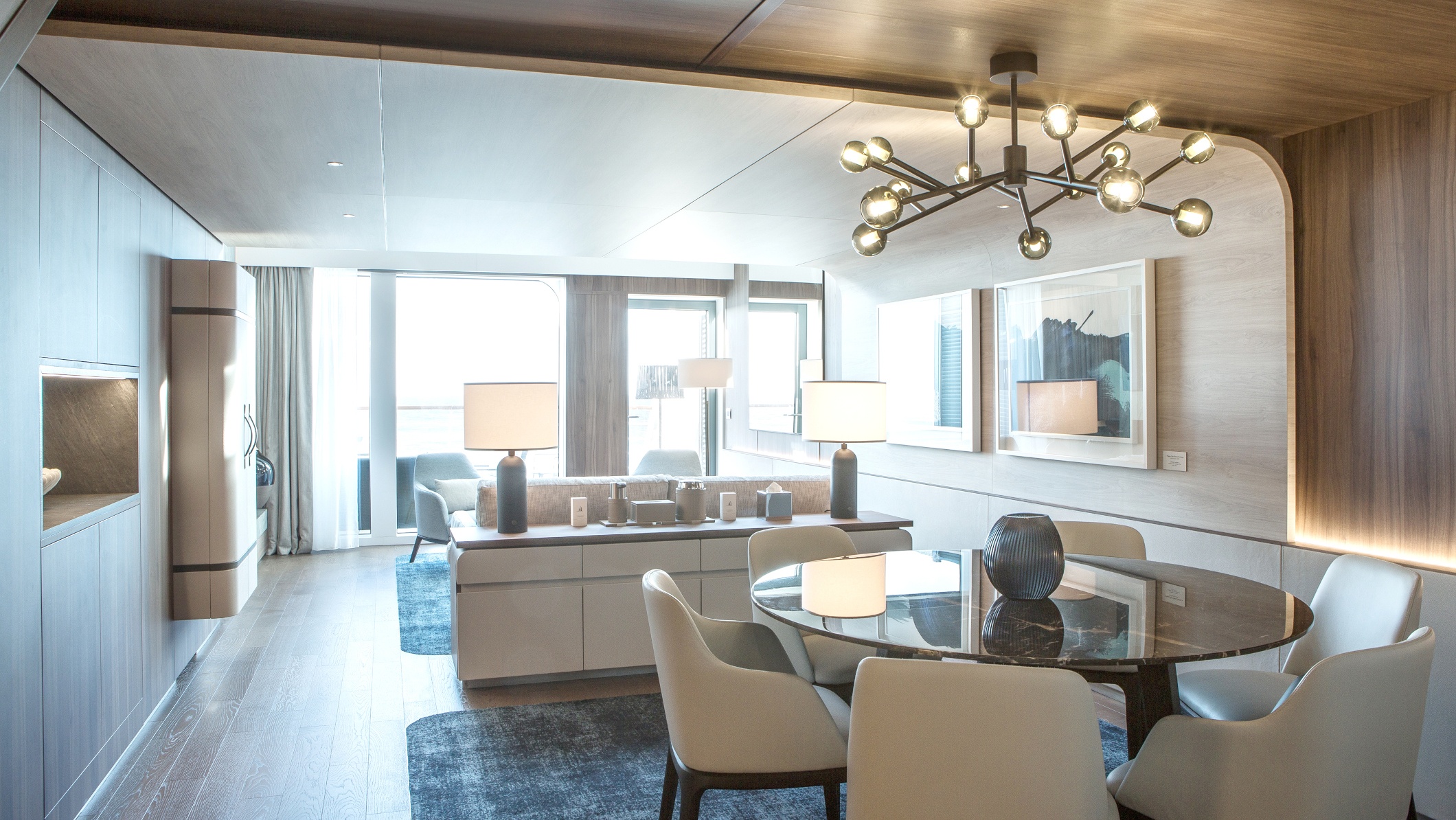
Visit one of the Duplex Suites offering exceptional views and ultimate comfort on two levels.
Prestigious partners
Because the constant quest for excellence is what drives us, the entire knowledge and expertise of some of the very best artisans and experts has been brought on board to highlight your experience.

A pioneering
ship
Designed for sailing in the planet’s most inaccessible regions and helmed by experienced captains with expertise in navigating through ice, Le Commandant Charcot has already demonstrated its ability to go further and beyond; she goes where others do not venture.
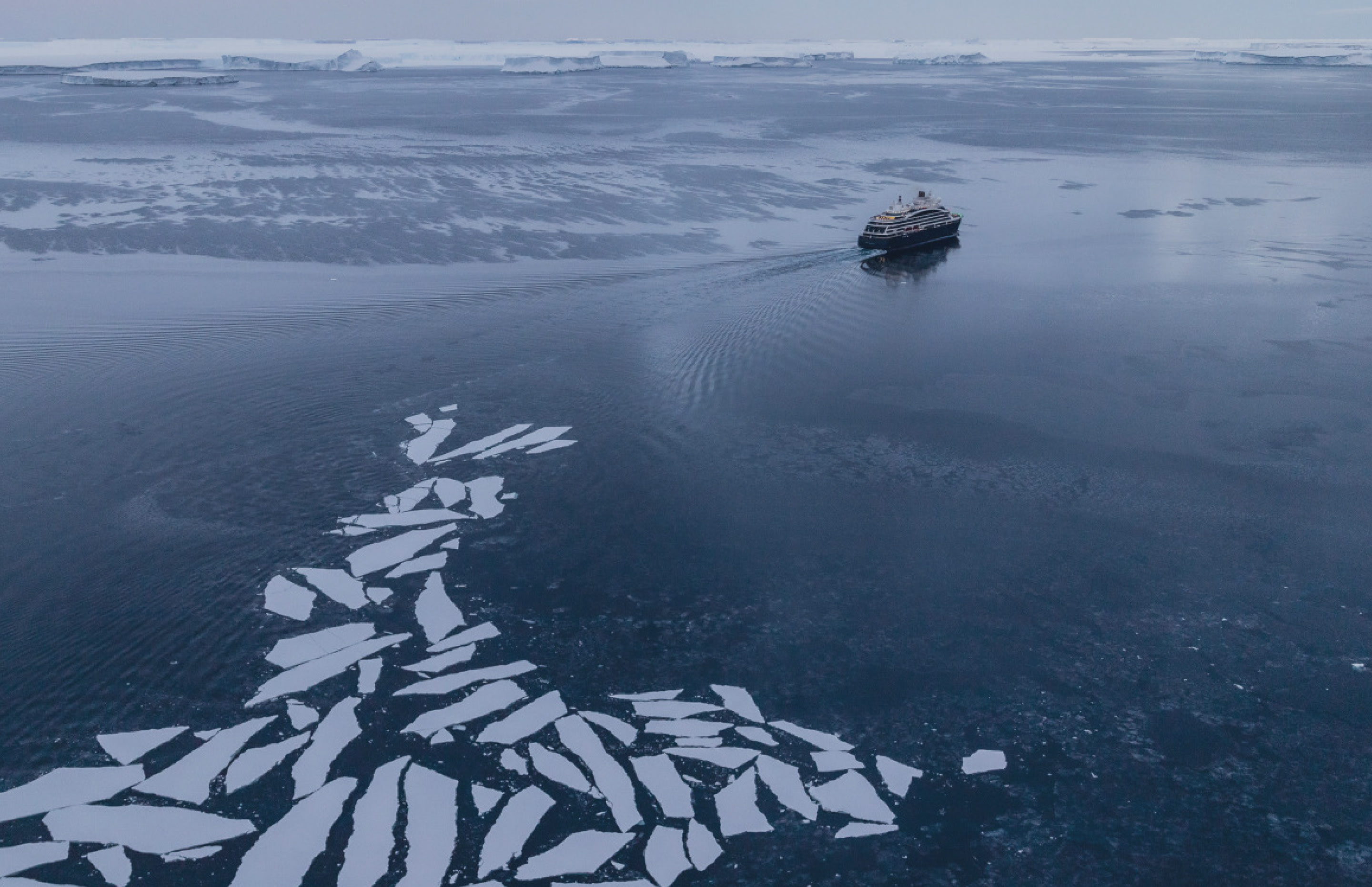


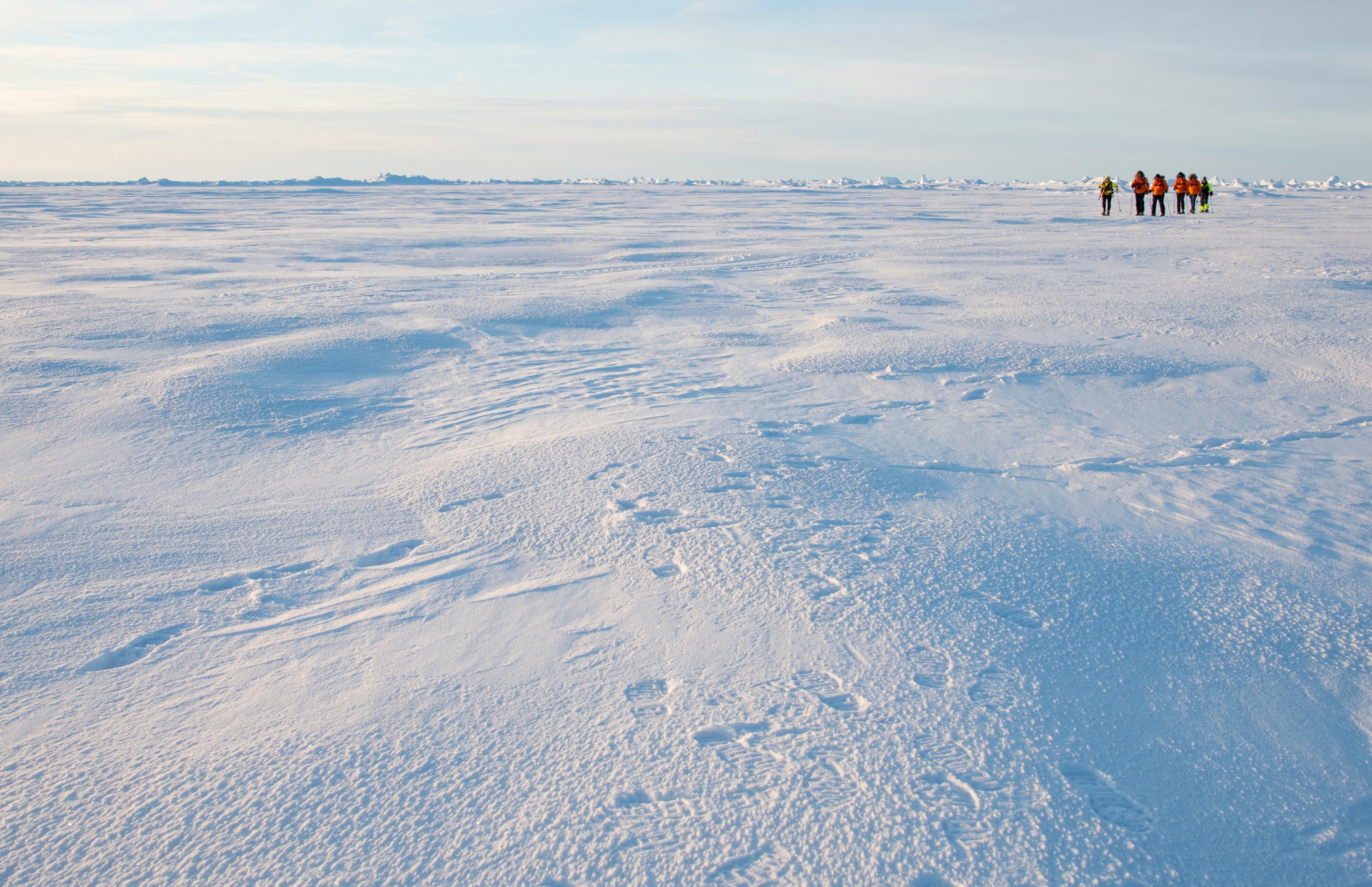

The first ship in the world to reach the southernmost navigable latitude, in the Ross Sea, in February 2022.
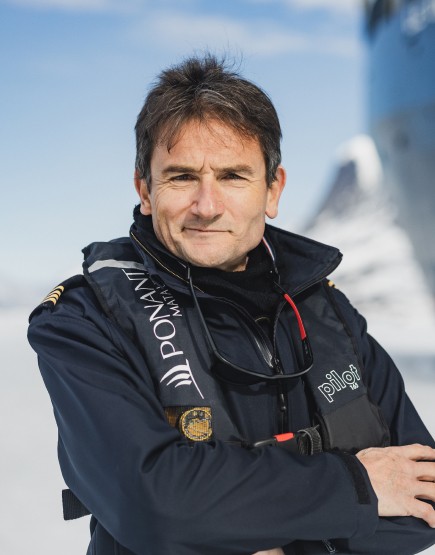
We were enclosed by fog when we discovered the furthest point south ever reached by a ship. I didn't know that a fortnight earlier, an American icebreaker had arrived slightly further north, claiming the record. I met its captain a few months later, and he took the news really well!
In February 2023, Le Commandant Charcot became the first passenger ship to venture to Pine Island Bay, at the south-eastern tip of the Amundsen Sea, on the first-ever half-circumnavigation of Antarctica. One of the longest expedition voyages ever made, in terms of both distance and time, for which PONANT also holds the record (over 14,400 km covered).
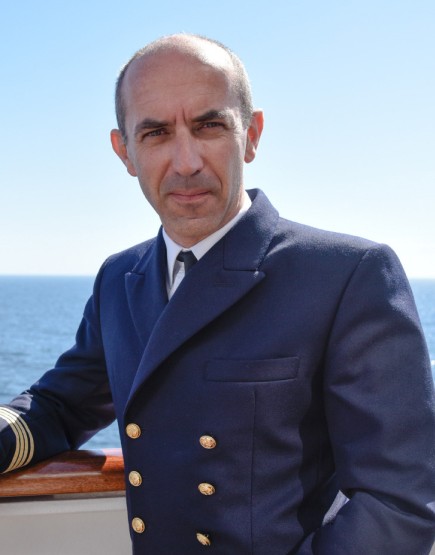
It's one of the most beautiful ocean voyages I've ever made. We've been to regions that we've actually discovered, and where, with the exception of a few scientists some 20 years ago, nobody has ever been. Every day, we had the impression that we had reached the pinnacle of what Antarctica had to offer and yet, the next day, it was a new wonder.
The first cruise ship to pass through the McClure Strait, at the mouth of the Beaufort Sea in the Canadian Northwest Territories, in September 2022. This historic voyage gave our guests the chance to observe many polar bears.
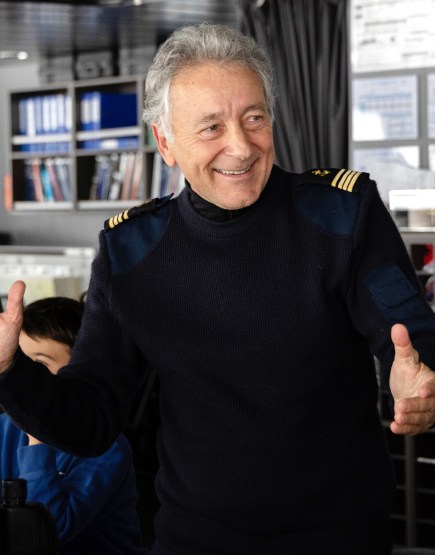
The McClure Strait is regularly impassable, with thick ice, and the weather is difficult to predict in this region. Le Commandant Charcot is designed for this kind of challenge, which is a real highlight for me as a sailor.
The first French vessel to reach the Geographic North Pole in September 2021. It took its first guests there in July 2022.

It is with great humility, and emotion that we have reached this latitude, each of us aware of the exceptional character of this moment we have been living.
The first ever passenger ship to deliver supplies to the isolated villages of Greenland’s northeast coast early in the season. This project has now been extended over the long-term and will be widened to include other communities in western Greenland.

Being the first ship to ensure deliveries in May, which is two months earlier in the year than what has customarily been done, is something undreamed of by the population.

100% of the fleet labelled Cleanship by Bureau Veritas.

PONANT is a signatory to the UN initiative to ban single-use plastics.

PONANT has been awarded the Ocean Approved label, reflecting our efforts to reduce our impact on the marine environment.

PONANT is the 1st European cruise company to have been awarded the Green Marine Europe label for its environmentally-friendly practices.
Innovation at the service
of the environment
Le Commandant Charcot leads the way in terms of equipment
designed to reduce her impact on the environment.

The world's most powerful azipods
- 360° propulsion units for forward and reverse travel
- Exceptional safety and manoeuvrability in ice
Use of dockside batteries to avoid atmospheric emissions
Blue Lagoon baths and benches on the promenade deck heated by recycled energy generated by the ship’s propulsion
Drinking water
Drinking water is produced directly on board using Nordaq technology, which enables bottling in glass containers
Hybrid propulsion
- Use of liquefied natural gas (LNG) and electric batteries: up to -20% carbon emissions, -85% nitrogen oxide and 95% fin particle discharge
- One of the few cruise ships in the world to be equipped with such a large battery bank
- The only ship in the world to be able to run on LNG for a month and a half, thanks to two 4,500 m3 tanks
Respectful towards marine ecosystems
- Bottom and sea creature detectors
- Electronic positioning system without the need for anchoring in protected areas
- Ballast water processing
- Reduced noise and vibrations
Recycling and traceability
- Glass, cardboard, hard plastics and metal compacted, kept in cold storage, unloaded and processed by specialist companies
- Seawater treatment and recycling
Controlled energy consumption
Propulsion :
- Optimisation of navigation routes thanks to custom-developed software
- Energy management systems
- Ship speed limitation
Hotel :
- Use of LED bulbs: -75% reduction in energy consumption
At dockside
Use of dockside batteries to avoid atmospheric emissions
PC2 hull
The only passenger ship in the world with a PC2 polar-class hull, ensuring safe passage through ice, inaccessible to other expedition ships. The most powerful ships are classed as PC1 (no passenger ships are included) and can operate in ice-covered waters throughout the year.
The traveller's
code of ethics
Each of us can contribute to building a better world. Travelling aboard Le Commandant Charcot means committing to leaving a minimal footprint, in line with the values we defend and share in this code of ethics. In polar regions, the expedition team will provide you with guidance for ensuring compliance with the guidelines of IAATO and AECO, two organisations of which PONANT is a member, coordinating tourism activities in these environments and working to promote more responsible travels.
A SHIP OF OPPORTUNITY FOR SCIENCE
Le Commandant Charcot explores some of the most remote and inaccessible regions of our planet. She was conceived from the outset as a ship of opportunity designed to help achieve the ambitions of the PONANT Science programme, namely to forge close partnerships with major players in international academic research with the aim of expanding their knowledge of polar ecosystems.
- Two laboratories: one wet, one dry, and both equipped to the standards of the international oceanographic fleet
- One computer server room
- FerryBox is a system that continuously analyses seawater sampled from beneath the ship's hull. It collects data on vital chemicophysical variables: dissolved oxygen content (O₂), temperature, salinity, partial pressure of CO₂ (pCO₂) and pH.
- From 2021 to 2023, nearly 100 scientists from all over the world, working on around 30 projects, have been hosted on board.
“The presence of laboratories equipped for research on board Le Commandant Charcot gives scientists the opportunity to extend their polar campaigns to the highest latitudes. Regular access to remote and little-studied regions enables them to gather invaluable data. In this way, PONANT is helping to deepen our understanding of these polar ecosystems.”
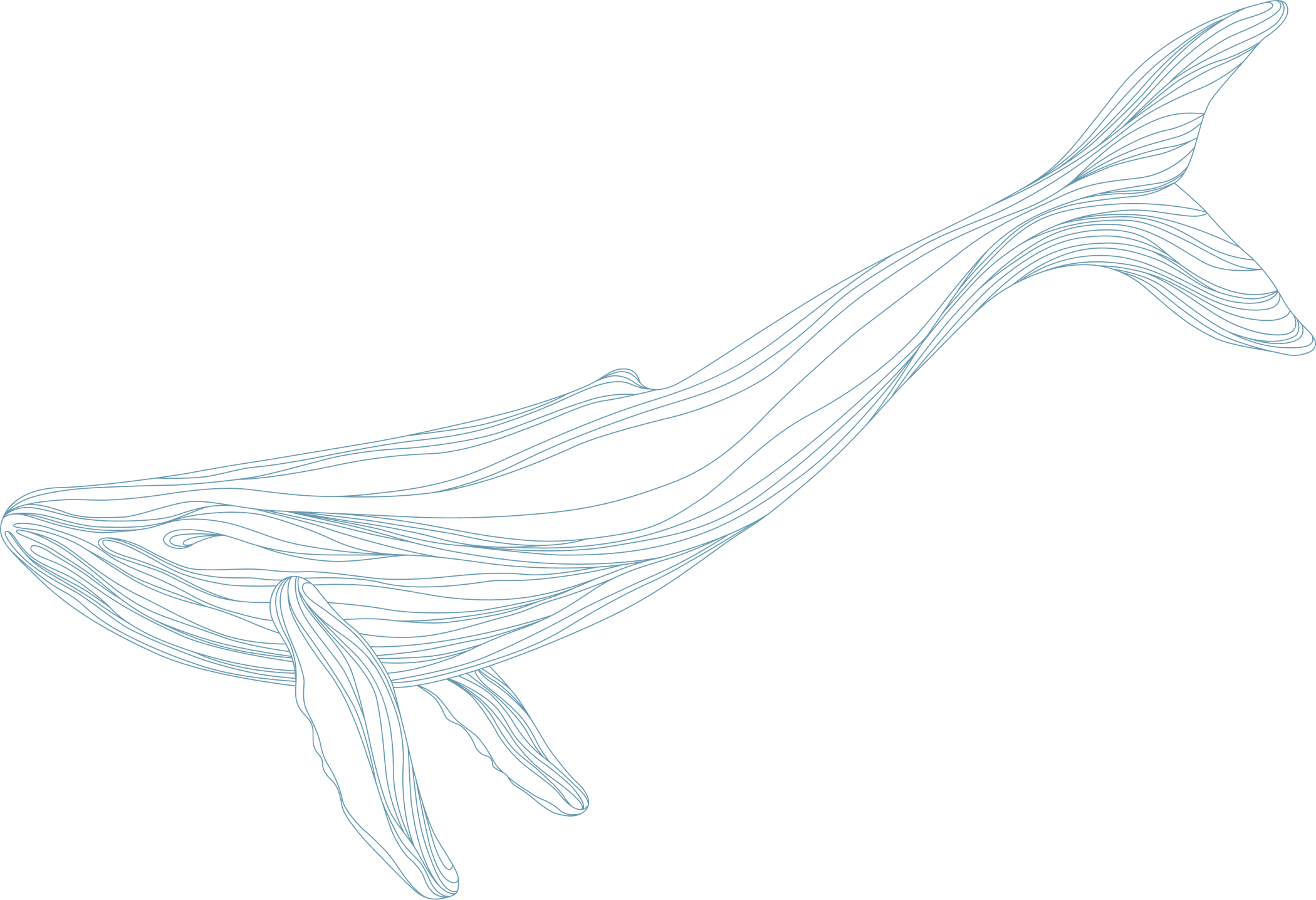
IMPROVING OUR UNDERSTANDING OF THE OCEANS
Le Commandant Charcot is equipped with instruments that continuously measure atmospheric conditions, various key ocean variables, and the thickness of the sea ice. This data is made available to the international scientific community in the form of open data, in near real-time. Additionally, oceanographic buoys are deployed on behalf of various different research institutes.
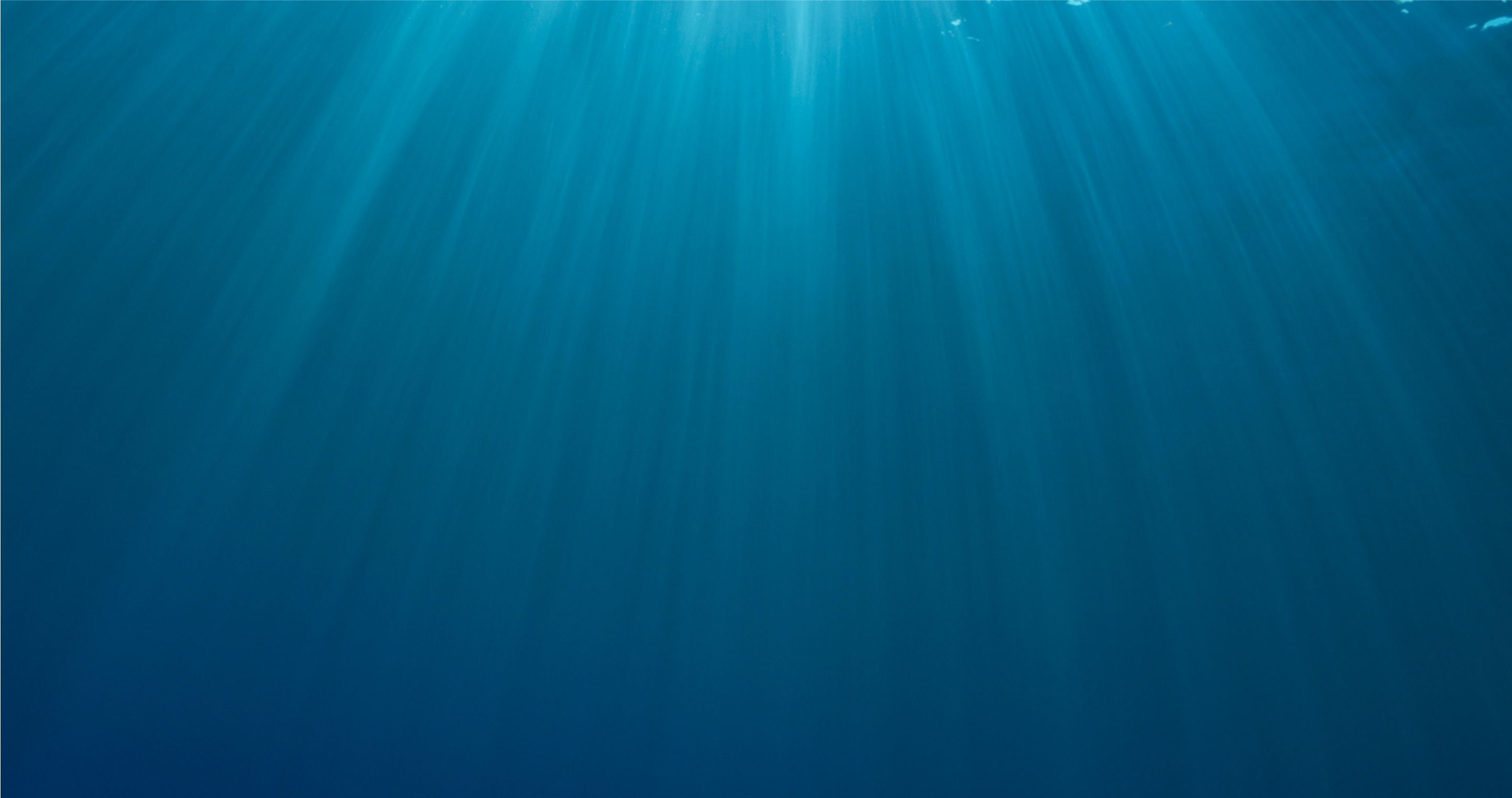
HOSTING SCIENTIFIC MISSIONS
Le Commandant Charcot offers research teams from all over the world the opportunity to spend time on board taking samples and making observations relating to a variety of different fields, such as glaciology, microbiology and the analysis of climate change and its impact on ecosystems and species distribution.
The missions are chosen within the framework of Europe's ARICE (Arctic Research Icebreaker Consortium) call for projects, which is overseen by a committee of independent experts. This process is now part of POLARIN (Polar Research Infrastructure Network), aimed at bolstering international scientific collaboration with respect to the poles. The partnership signed in 2023 between PONANT and POLARIN is symbolic of the cruise line's long-term commitment to polar research.

Awards and Recognition

“Best Cruise Ships in the World” awarded by the Condé Nast Traveler magazine in its Gold List 2023

The Arctic on board Le Commandant Charcot among the 50 most beautiful places in the world – 2022 TIME’s “World’s Greatest Places”

“Cruise ship of the year” awarded to Le Commandant Charcot at the 15th edition of the Seatrade Cruise Awards 2021

Winner of the Jury's Prize in the maritime category, awarded to PONANT at the Responsible Travel Cesars 2023

Winner of the Sustainability Awards, awarded to PONANT at the Aspire Awards 2022

Special Achievement Awards – Outstanding Environmental Initiative, awarded to Le Commandant Charcot by the Global Traveler's readers at the Global Traveler Leisure Lifestyle Awards 2022

One of the most environmentally friendly cruise companies, according to the German NGO Nabu


